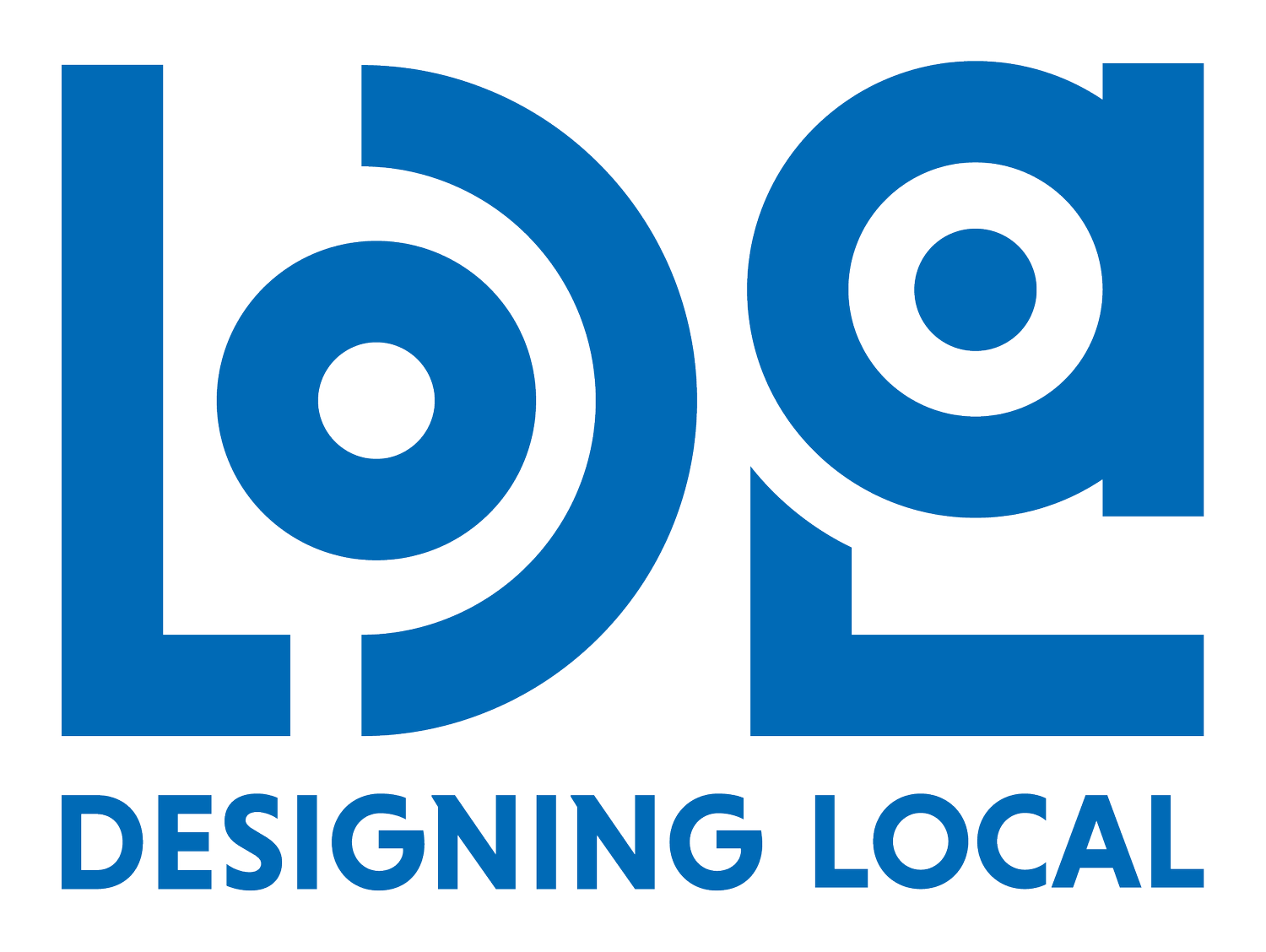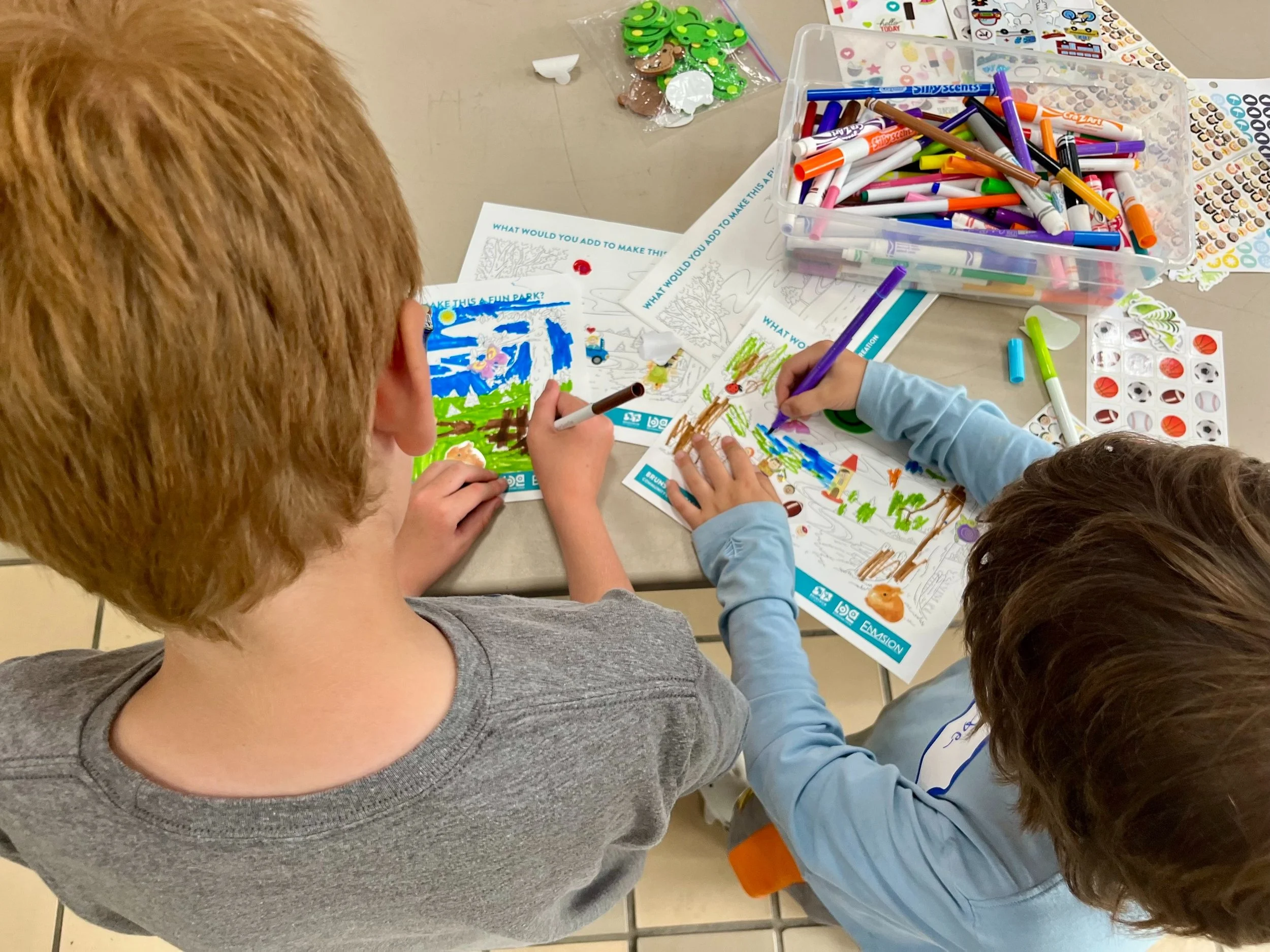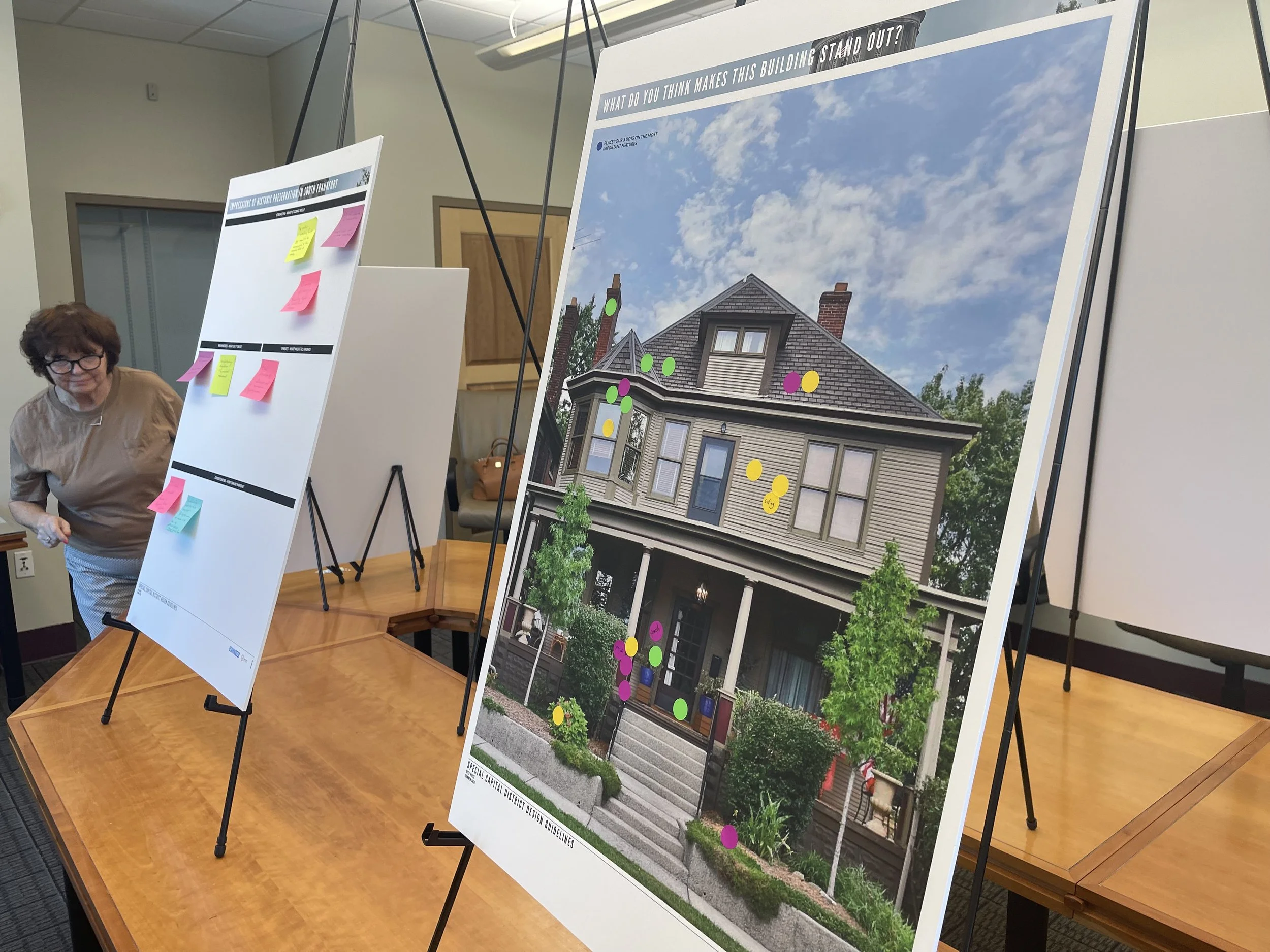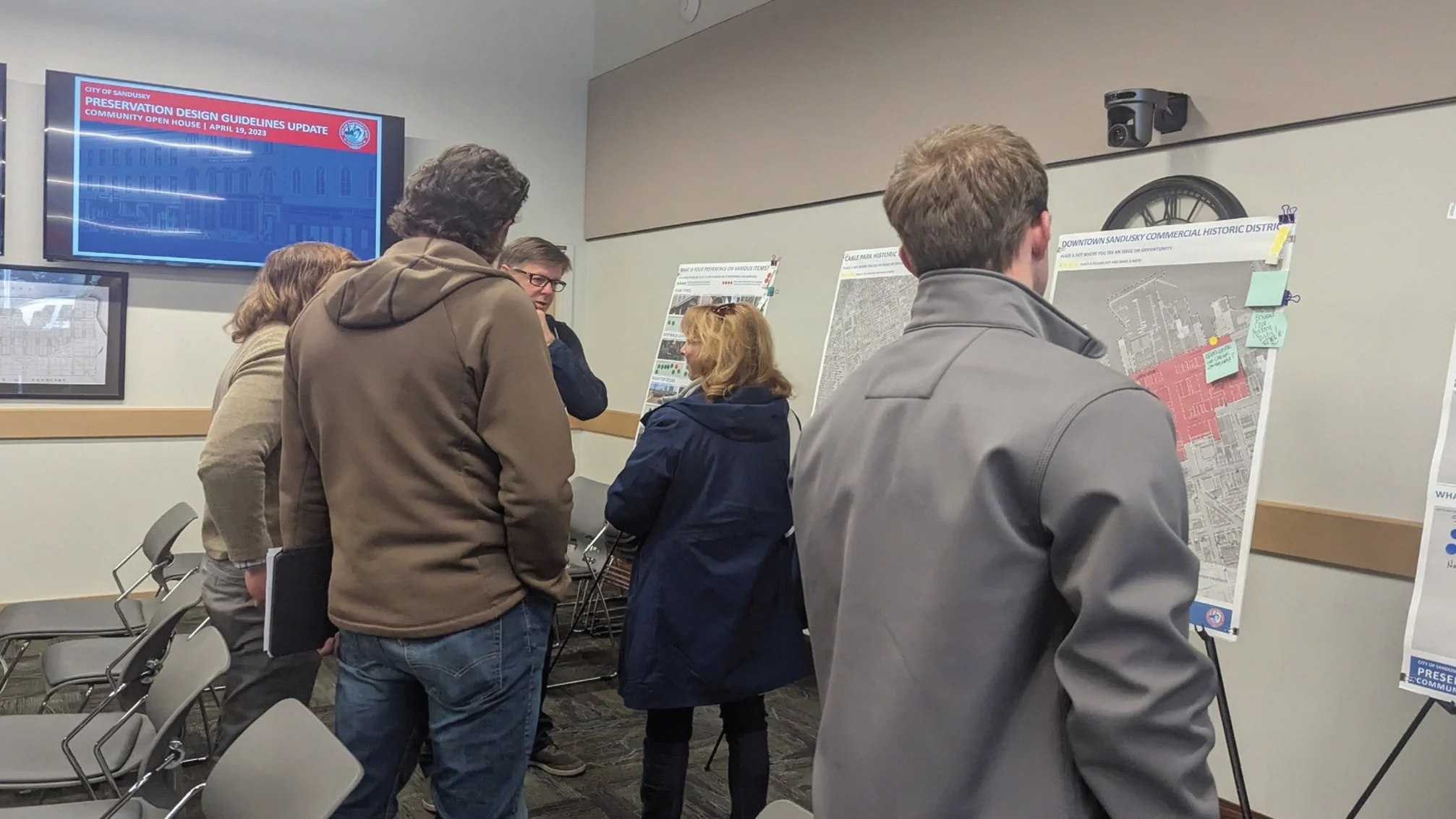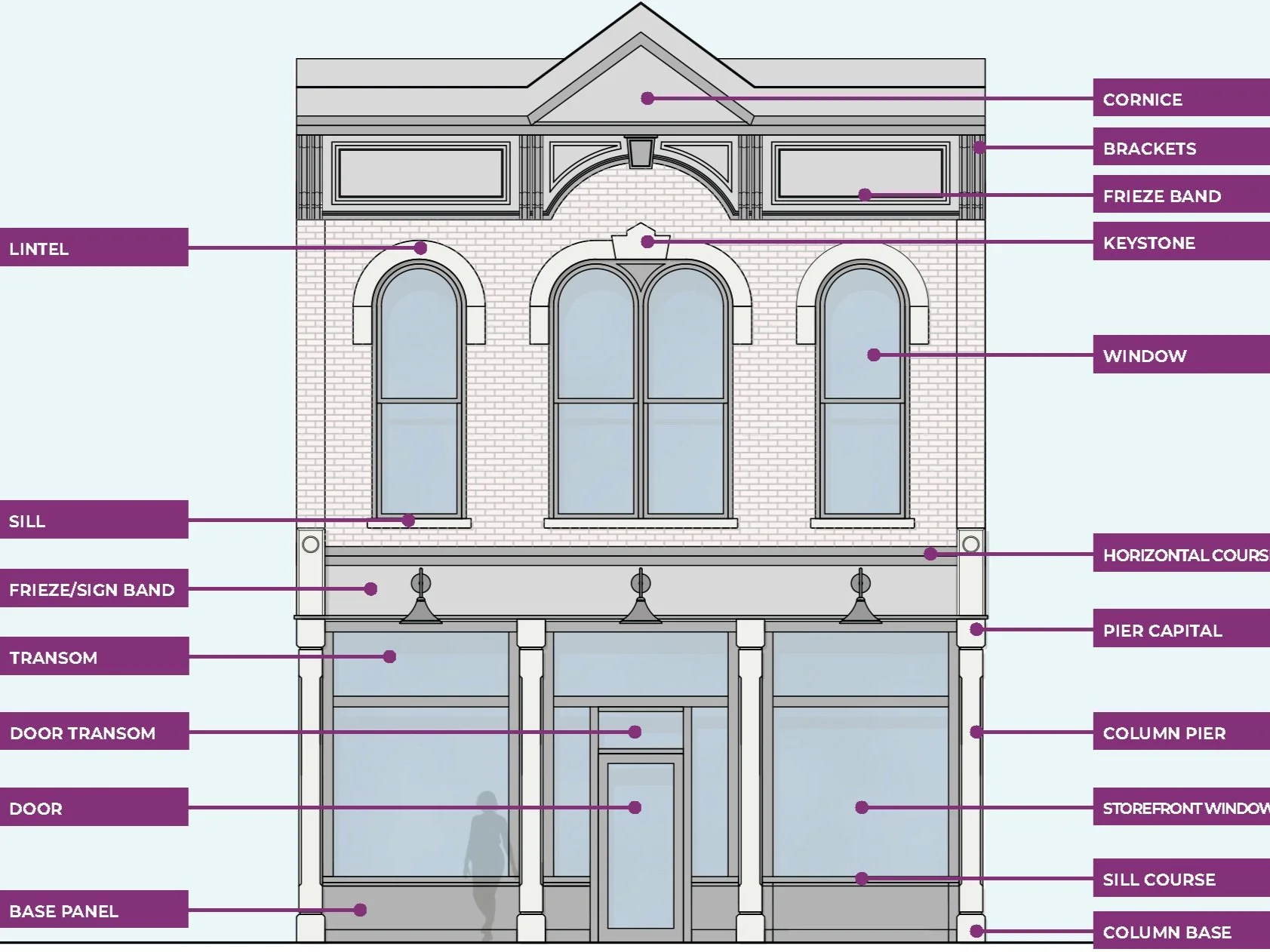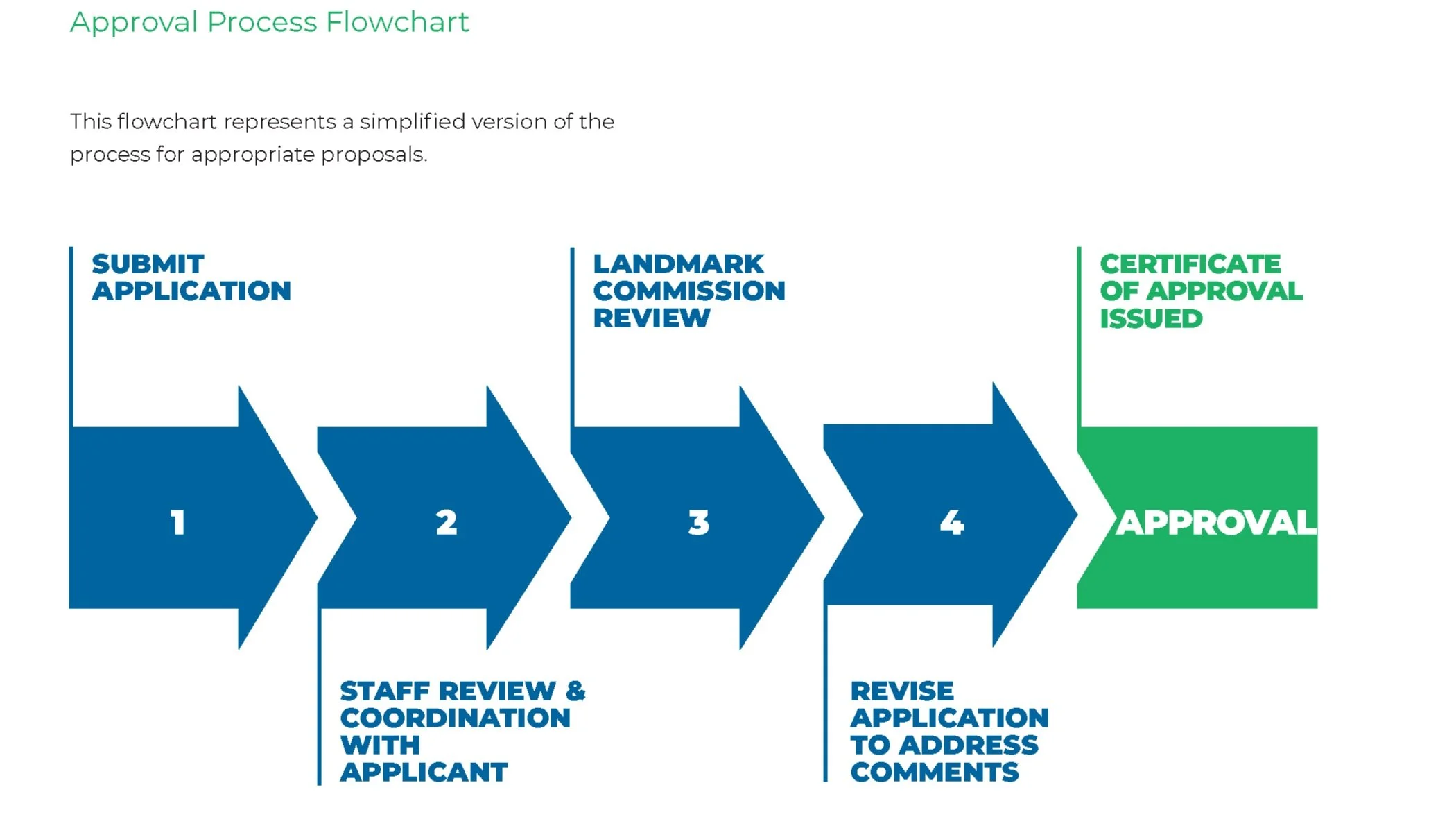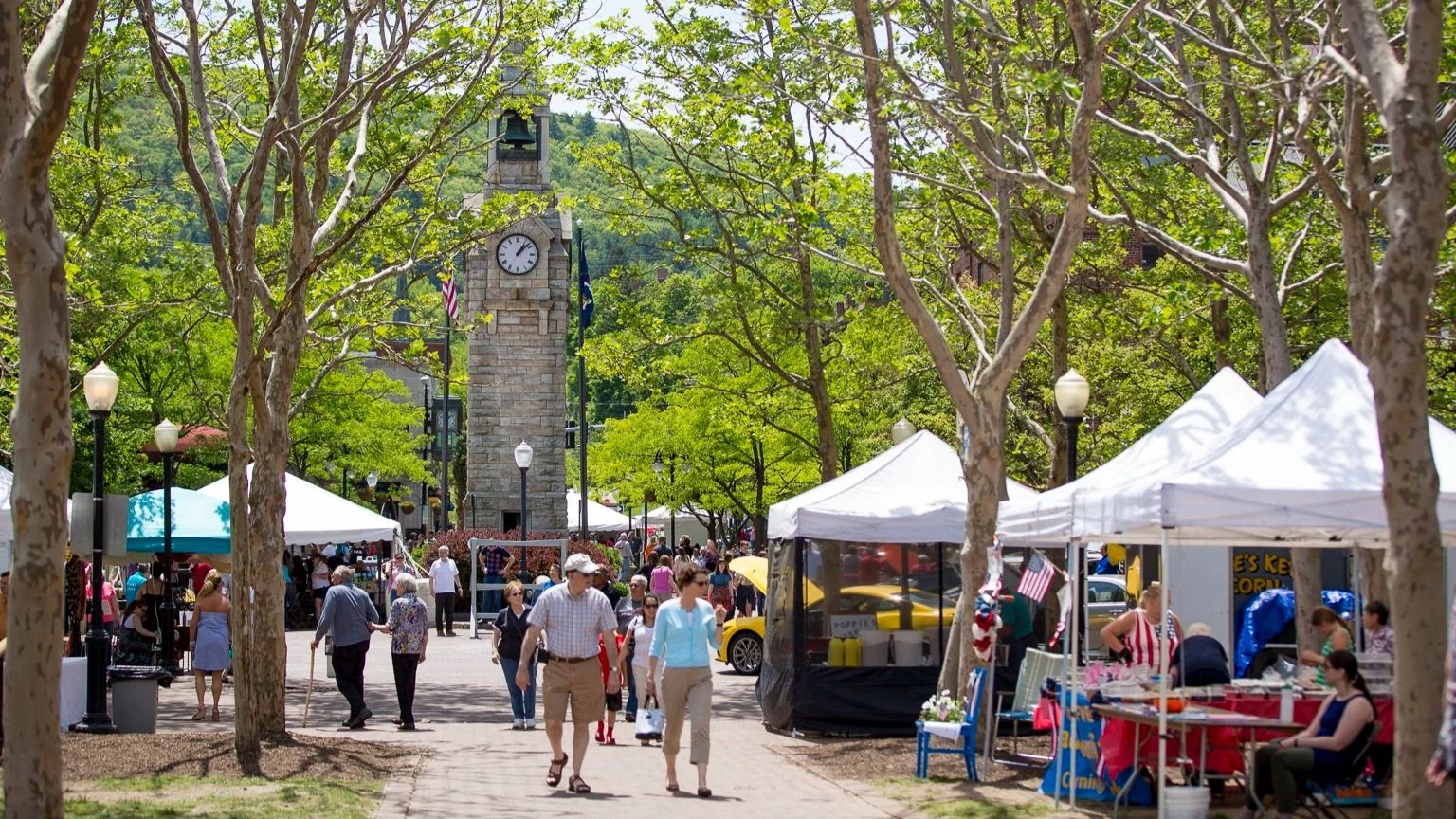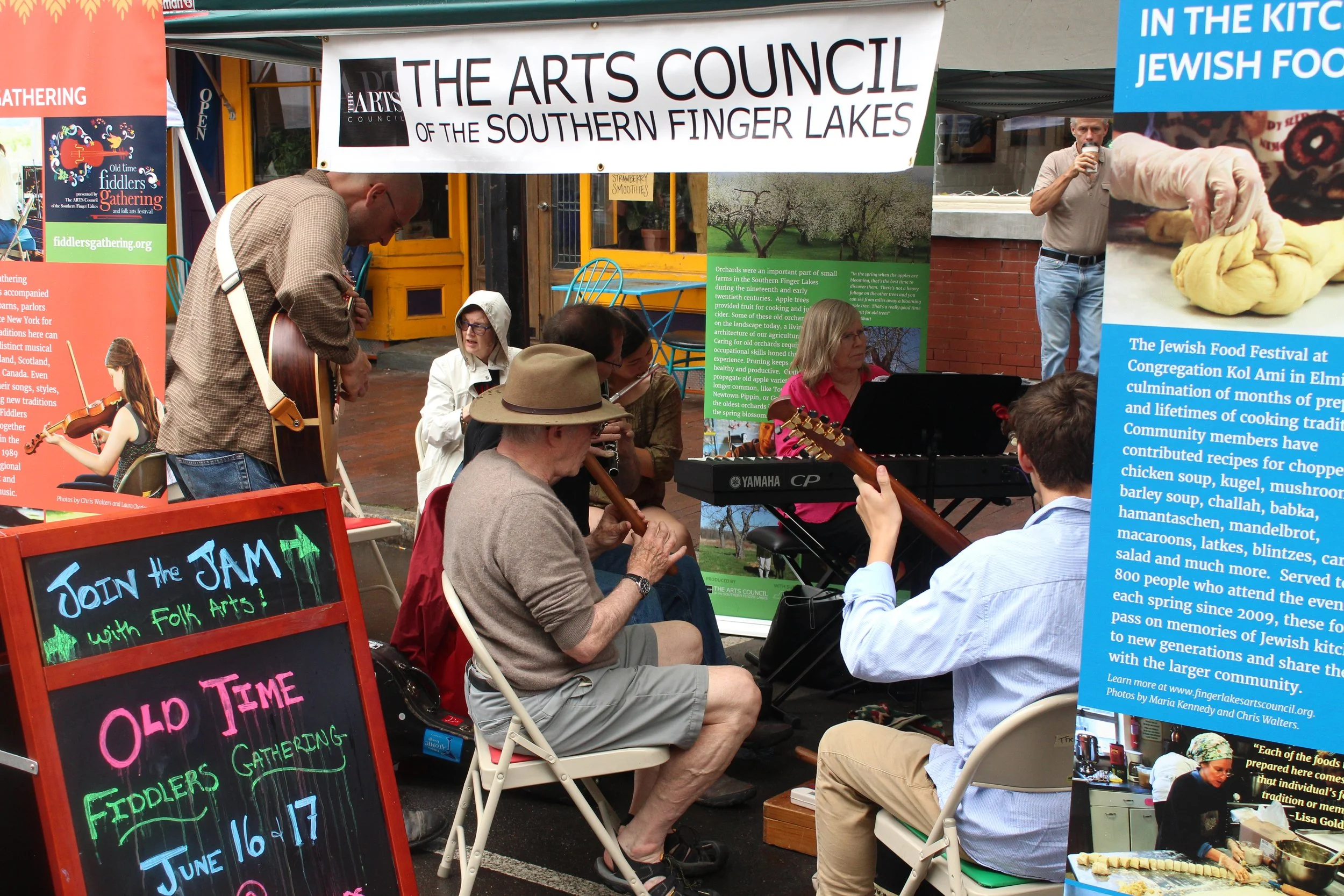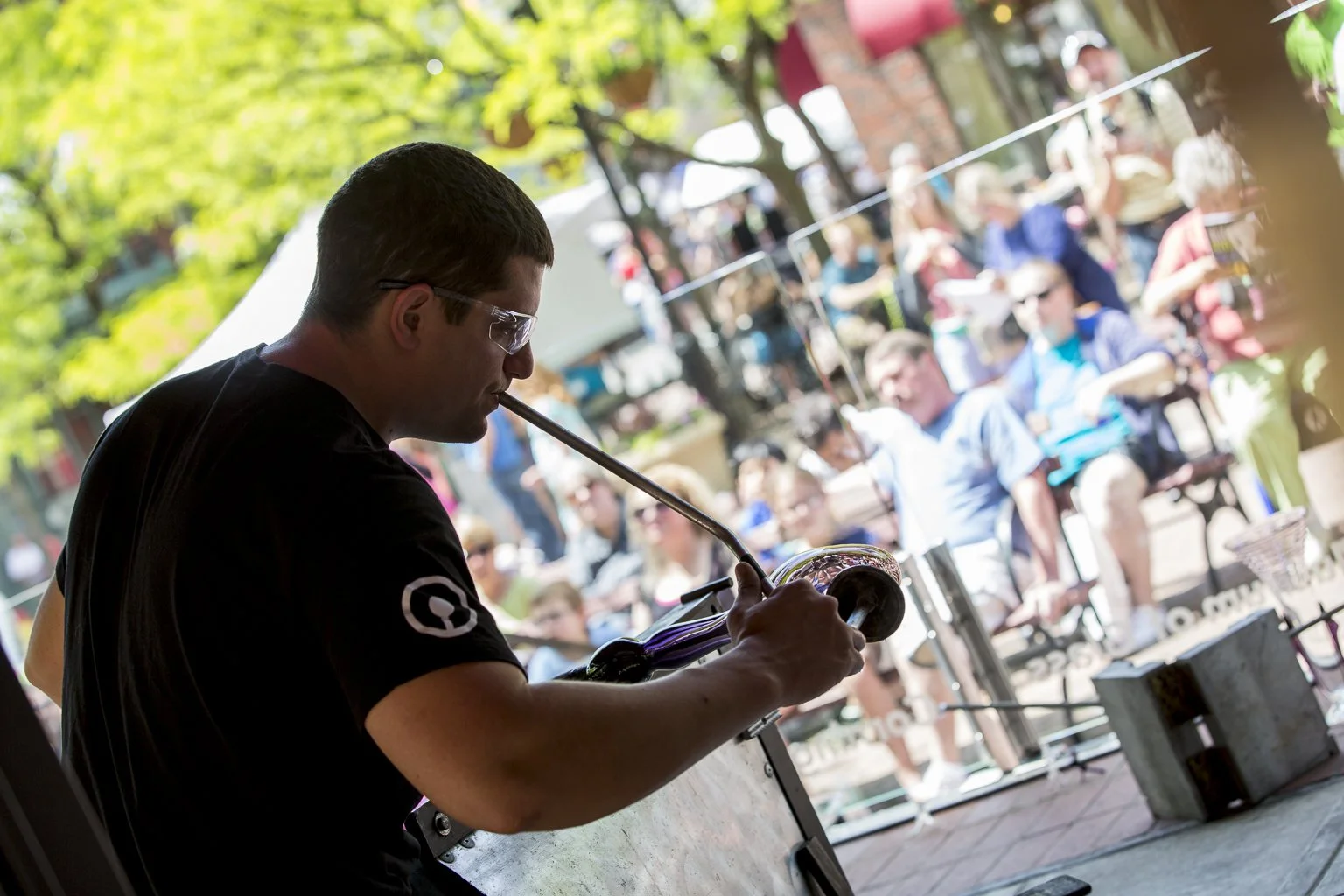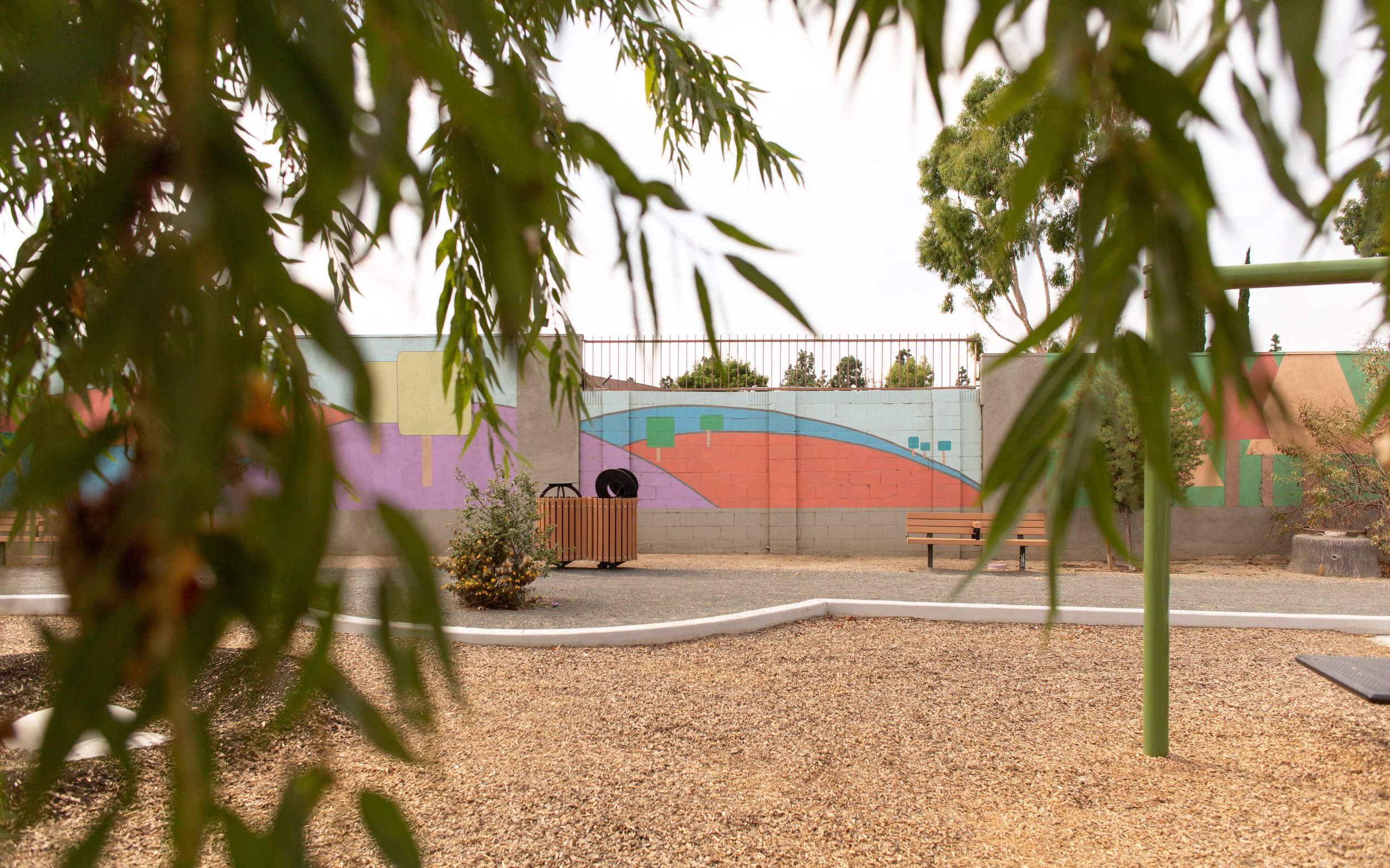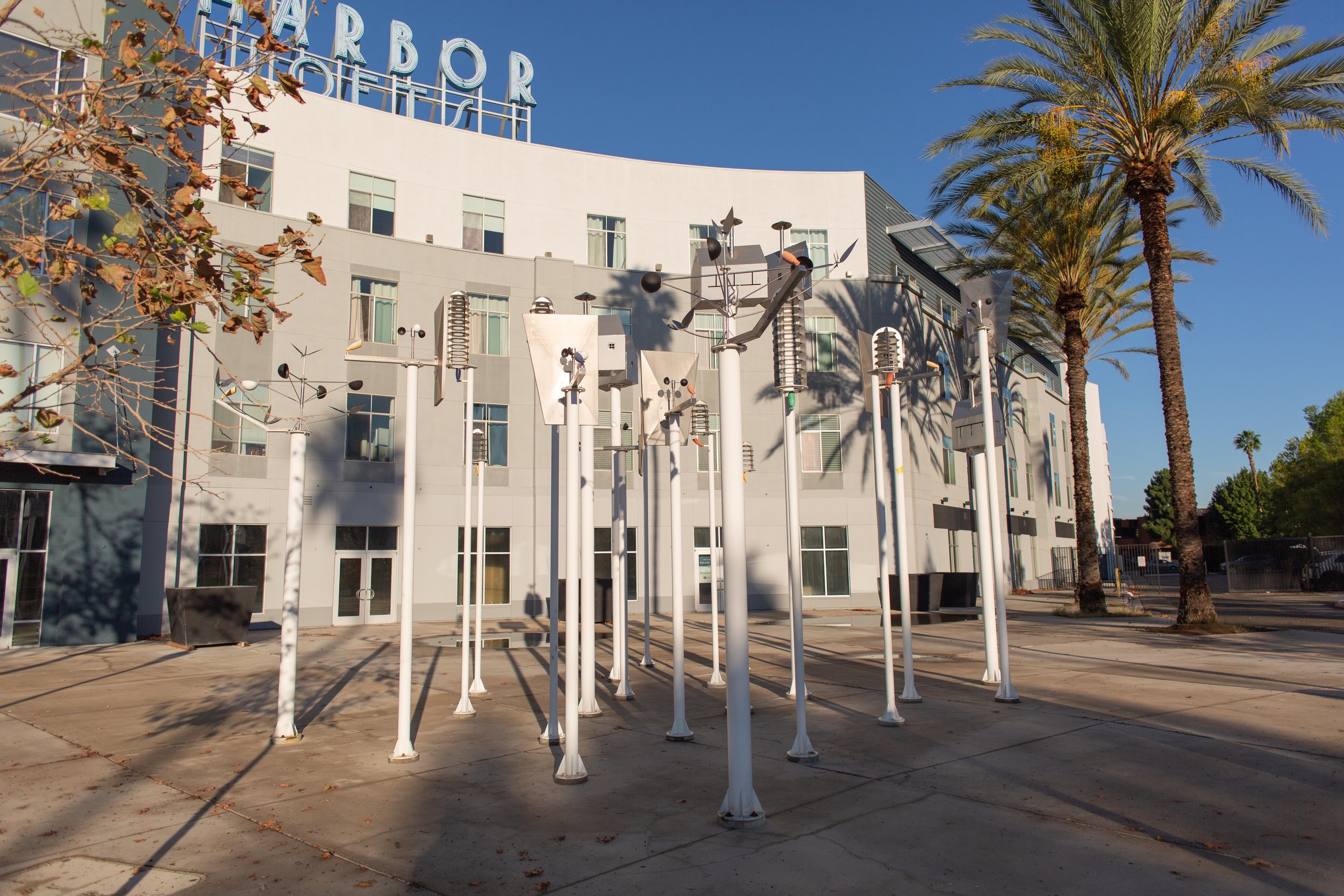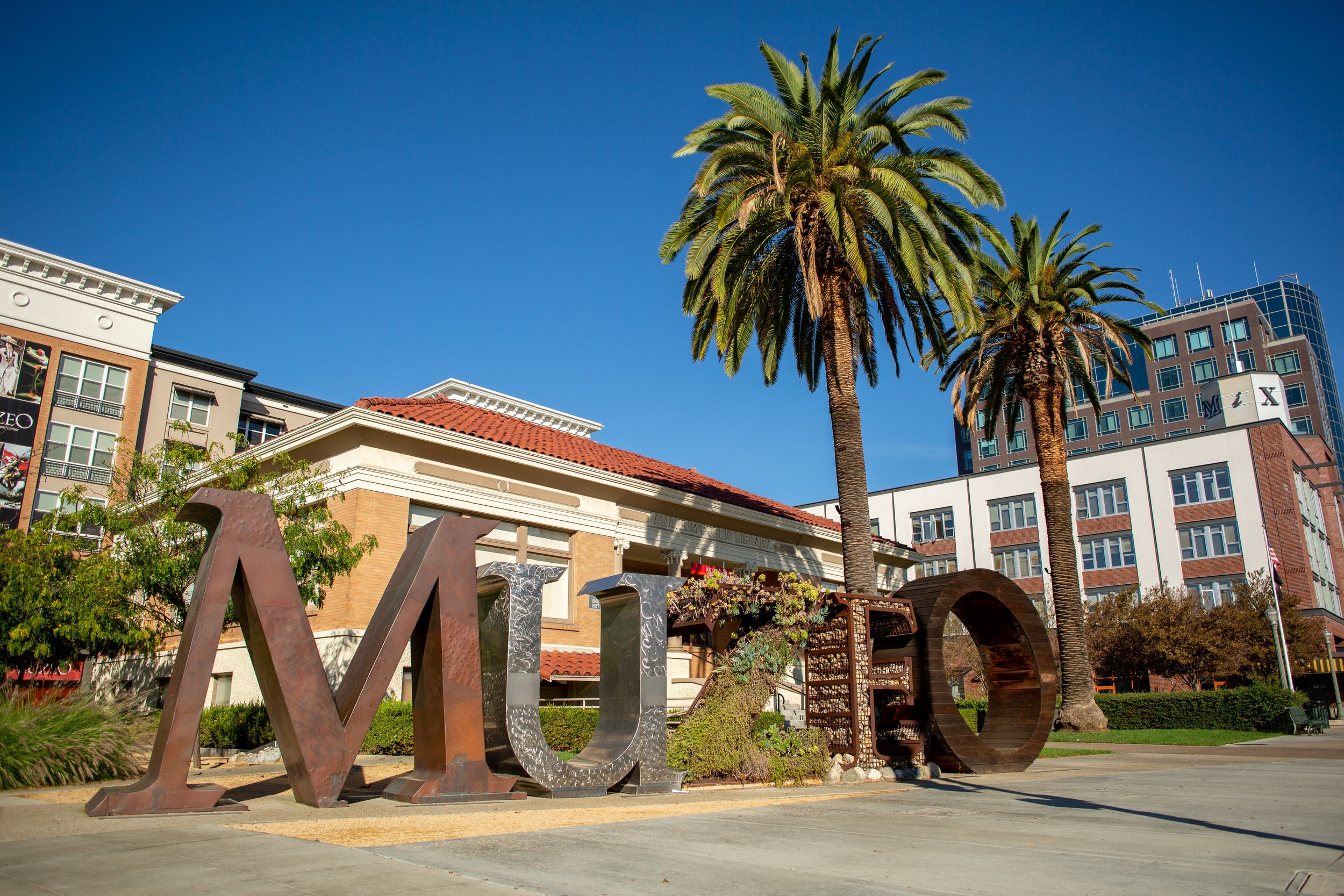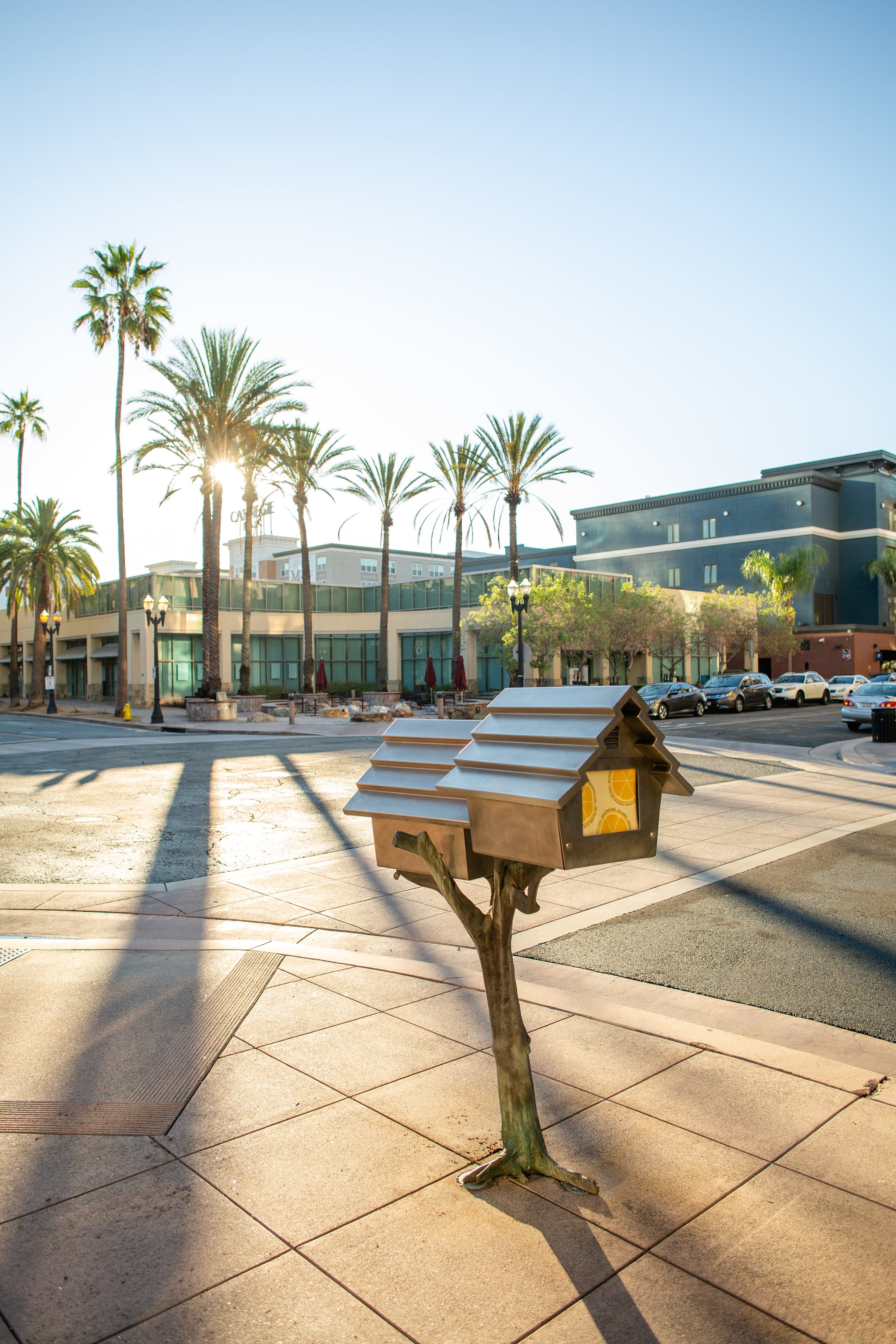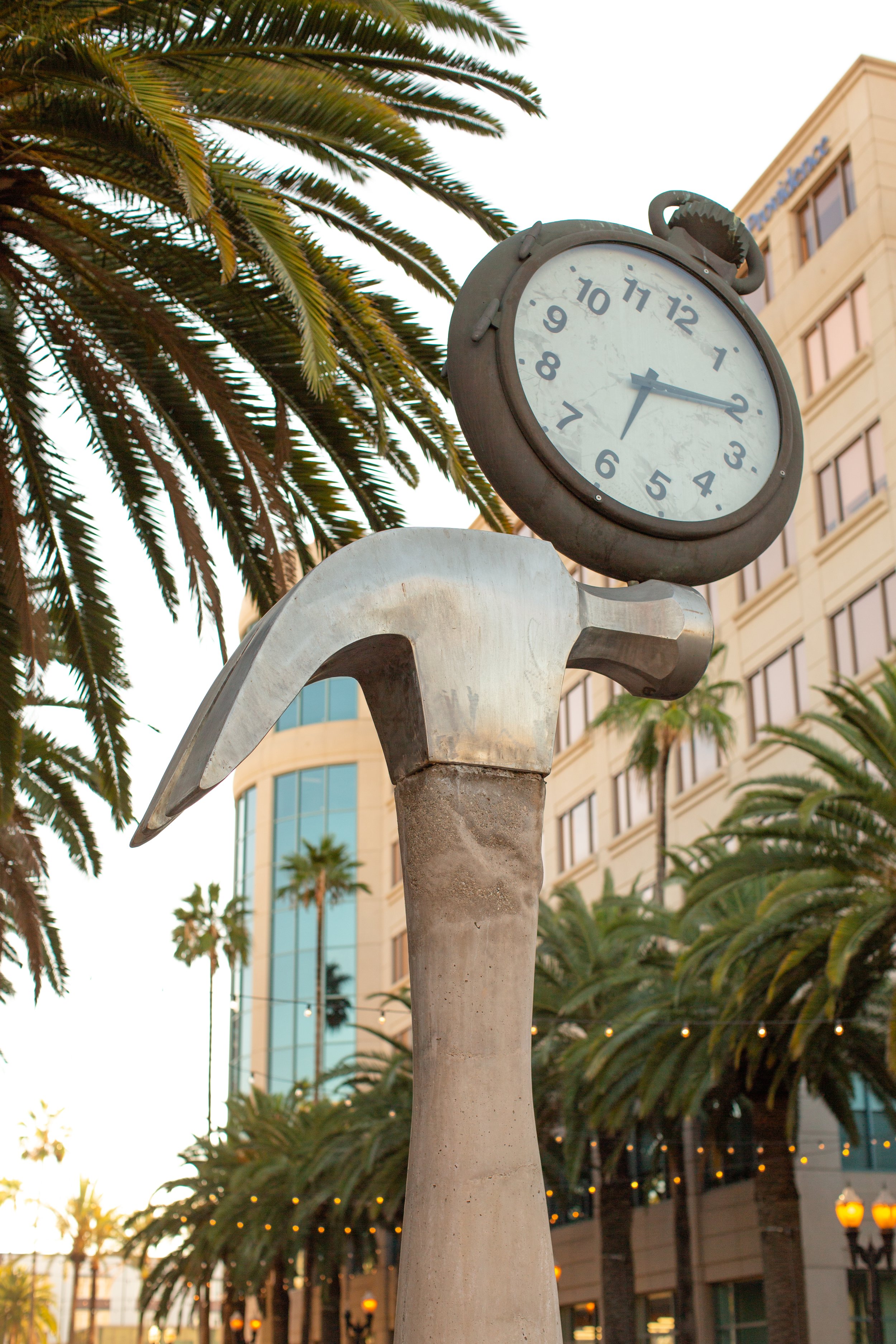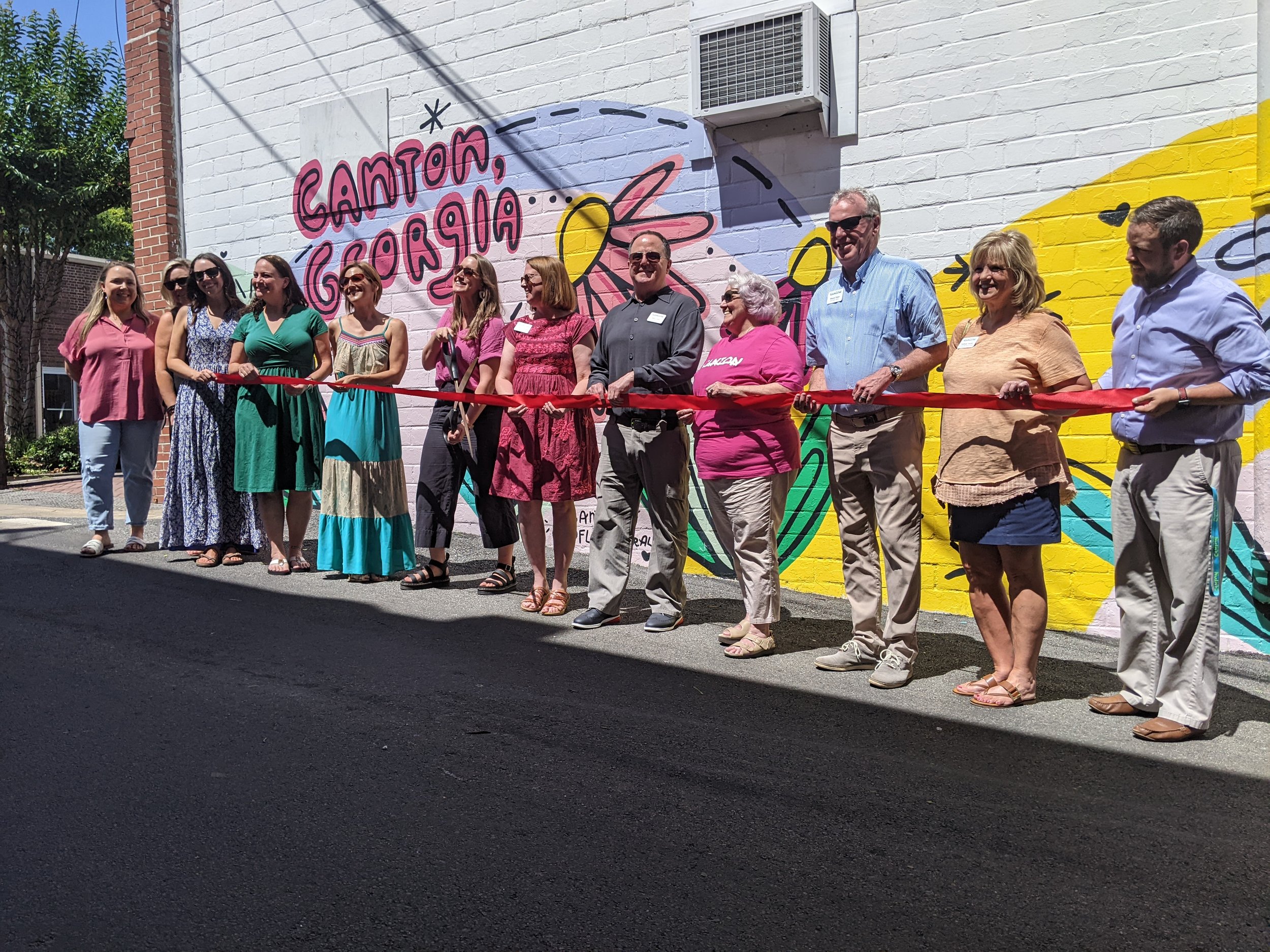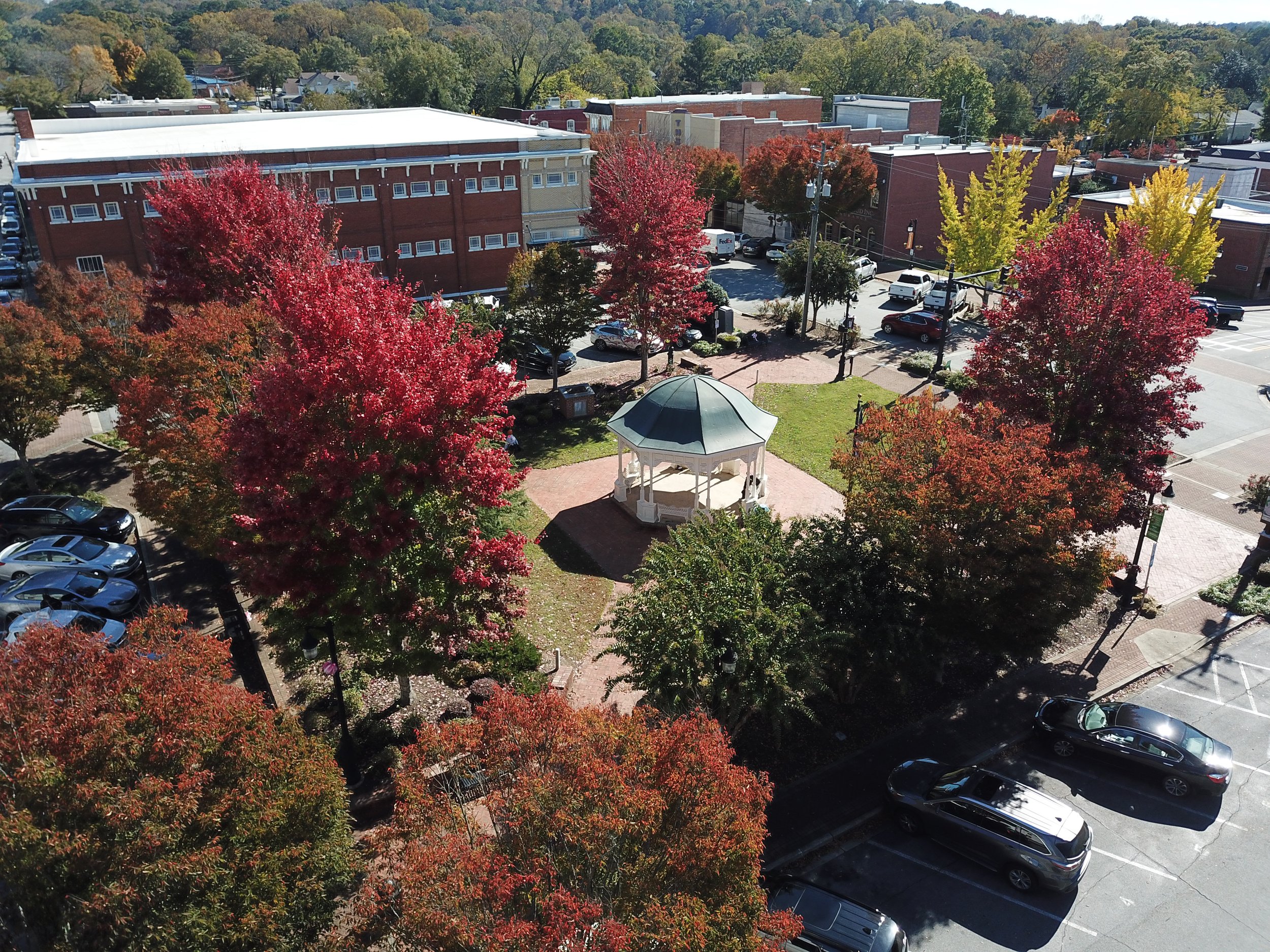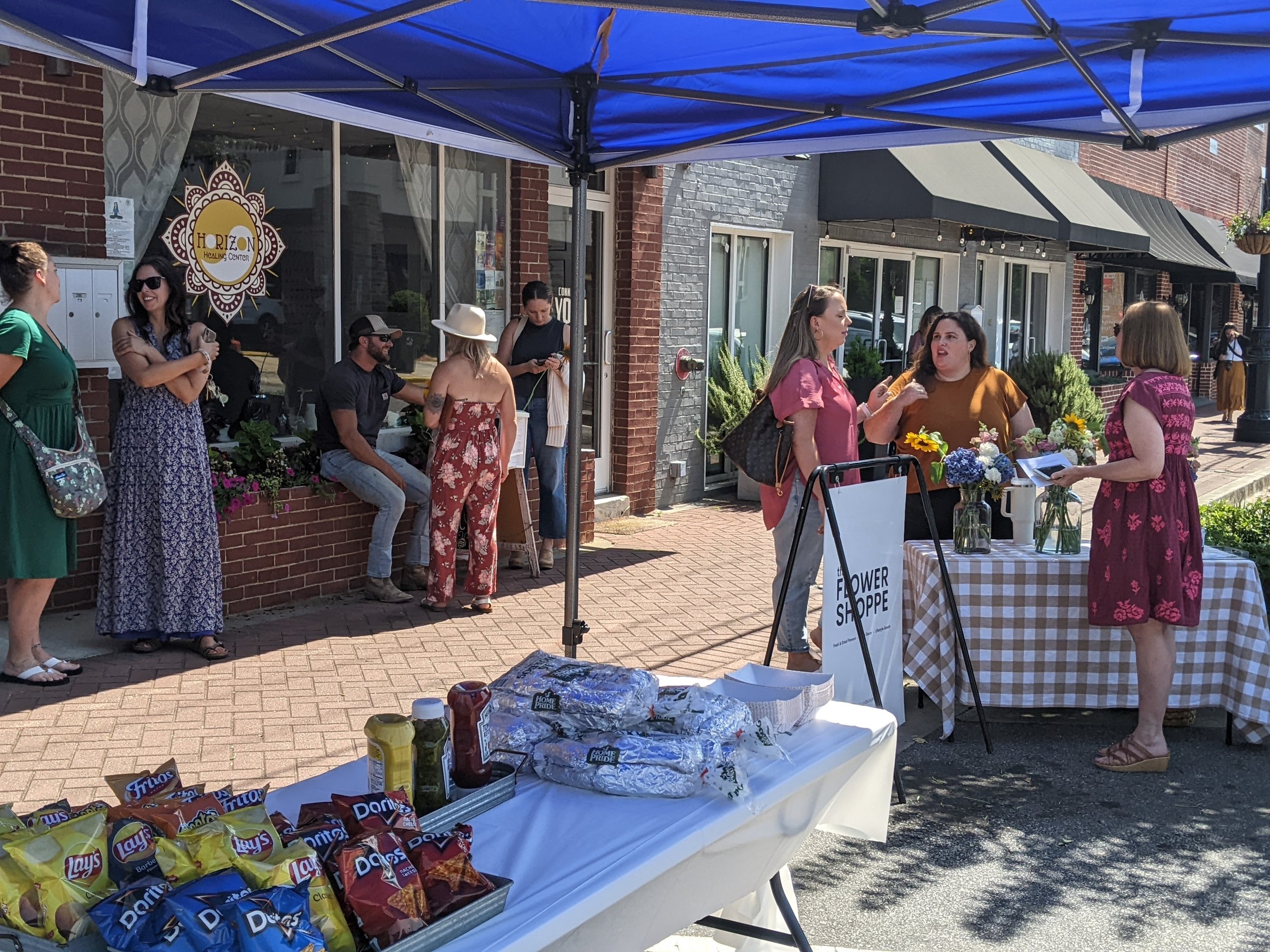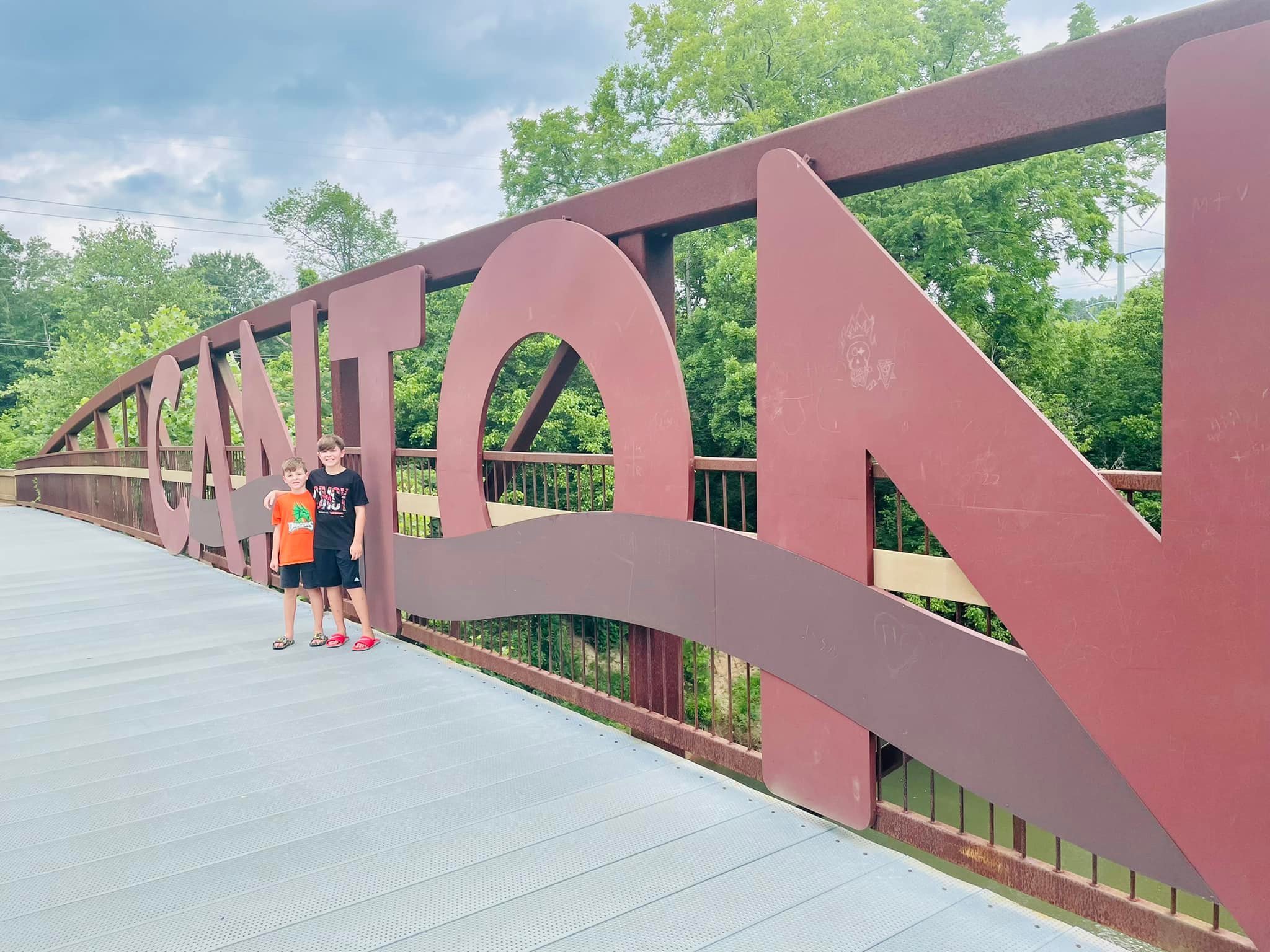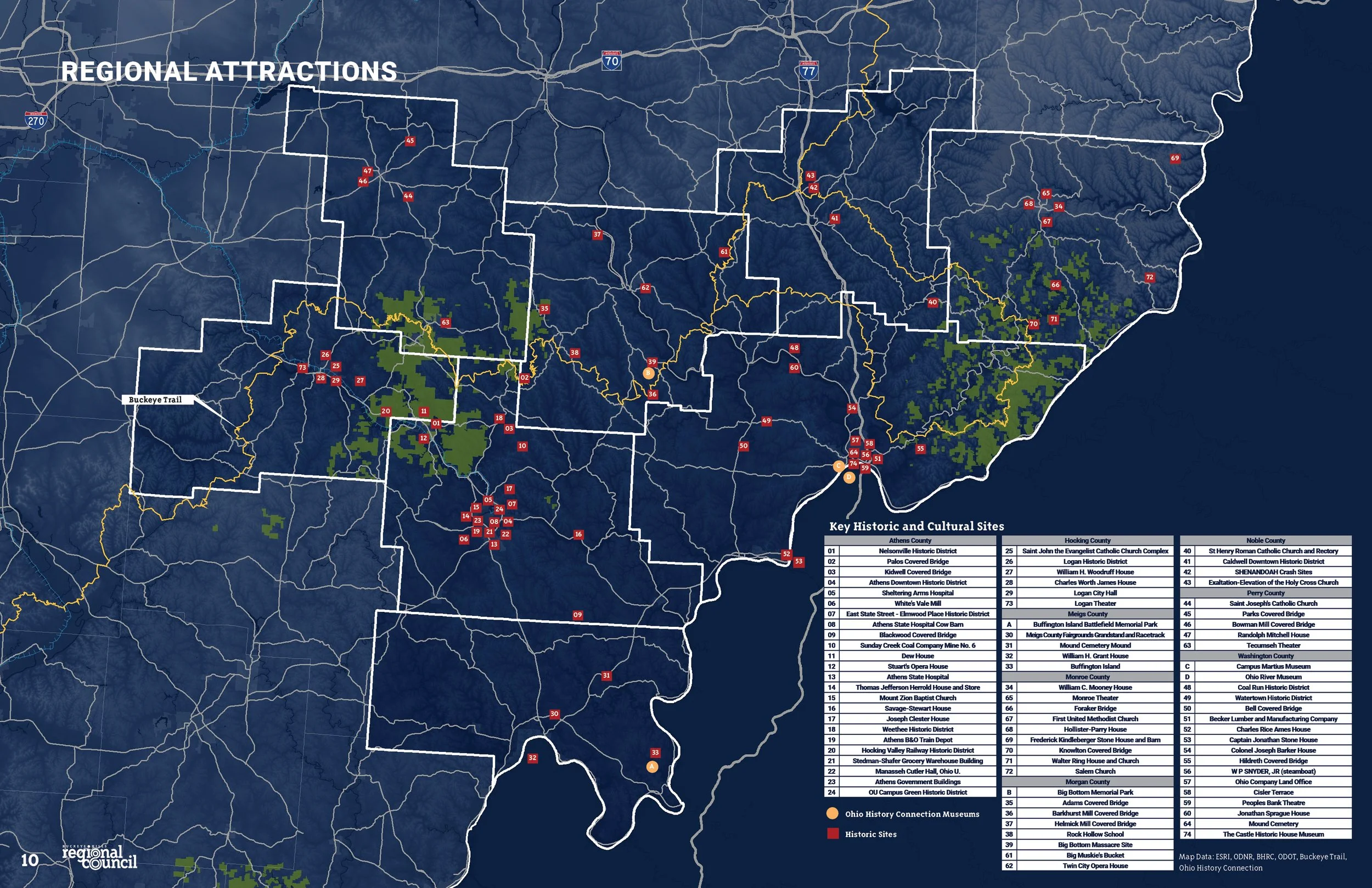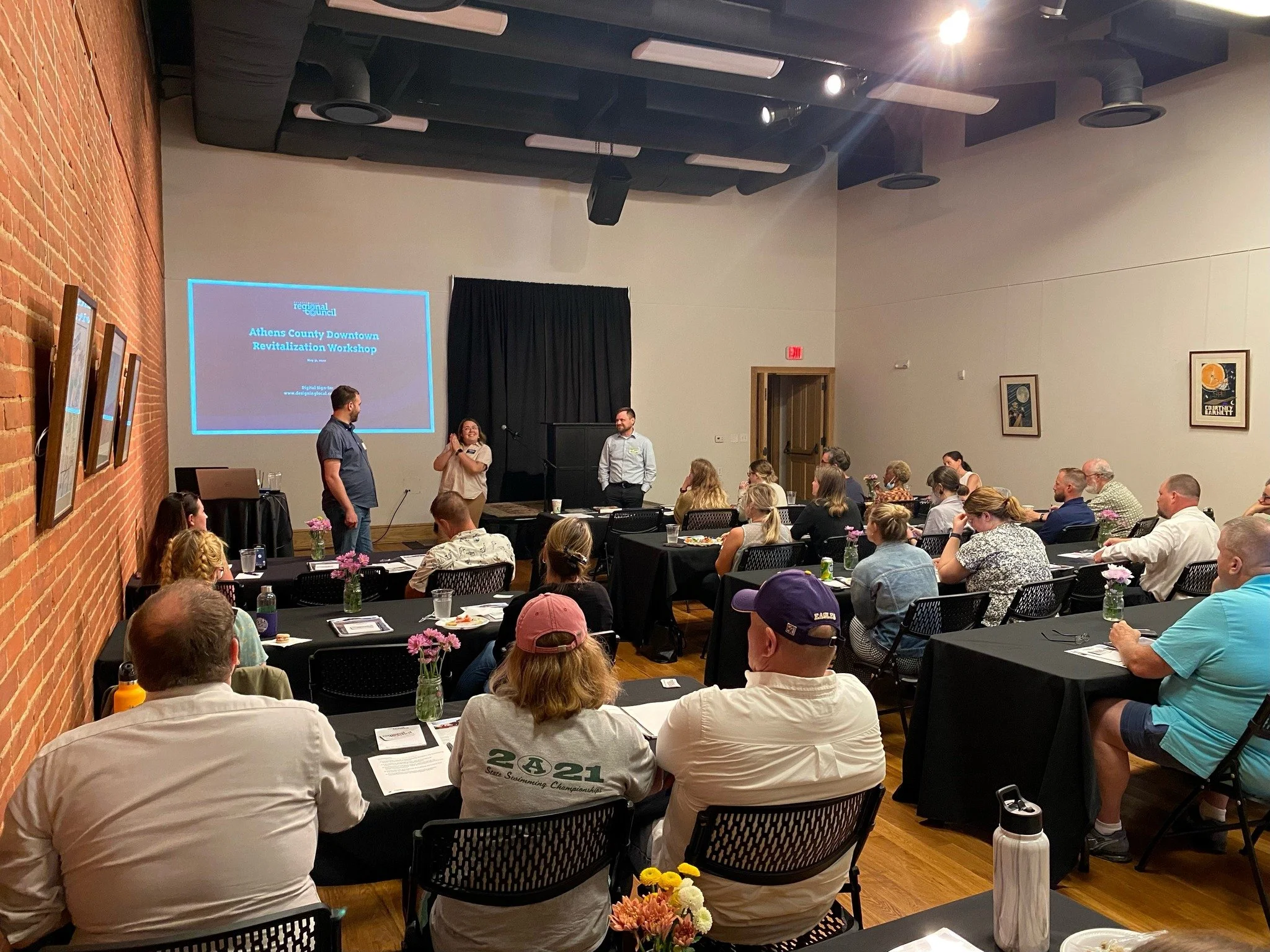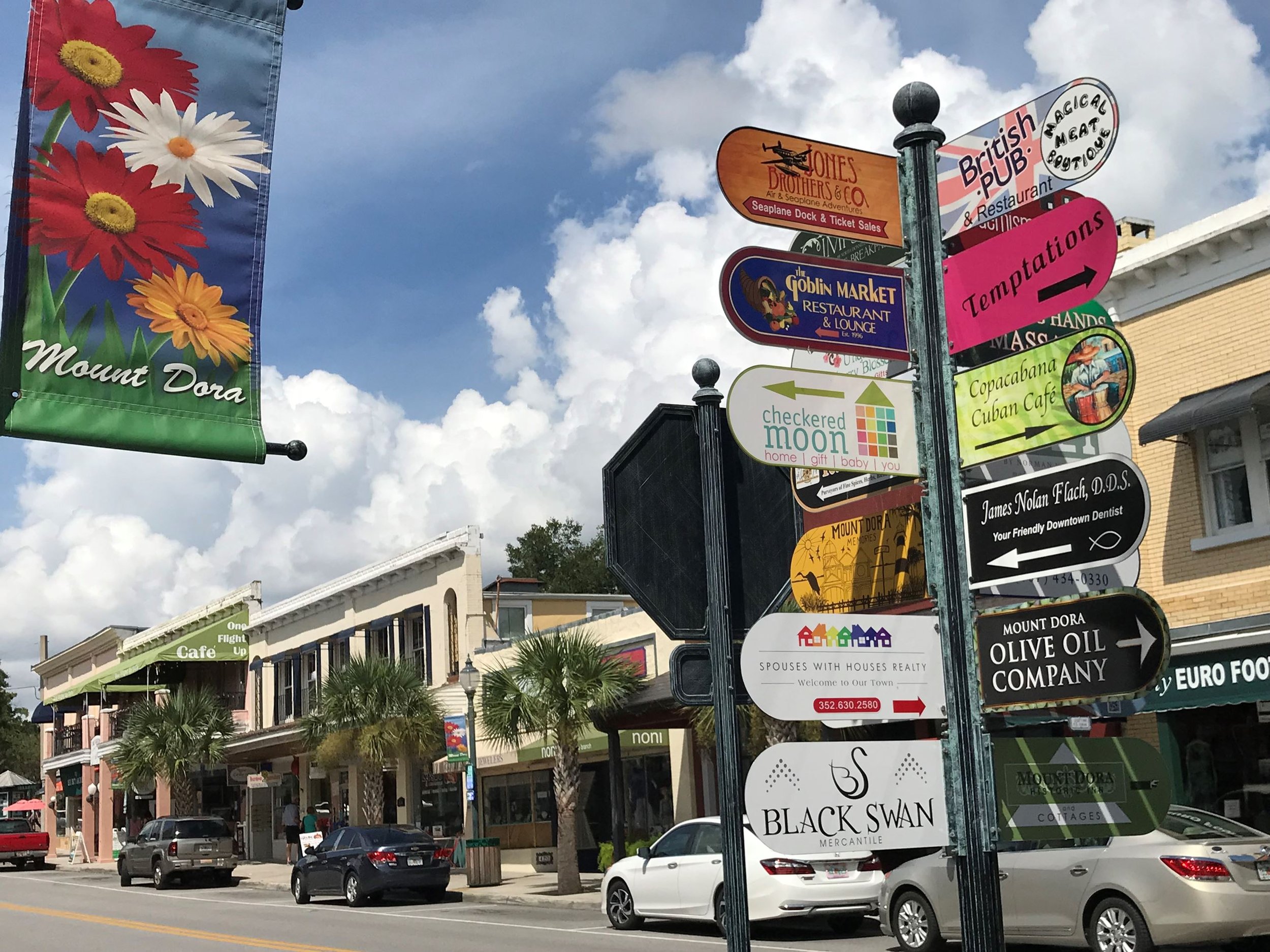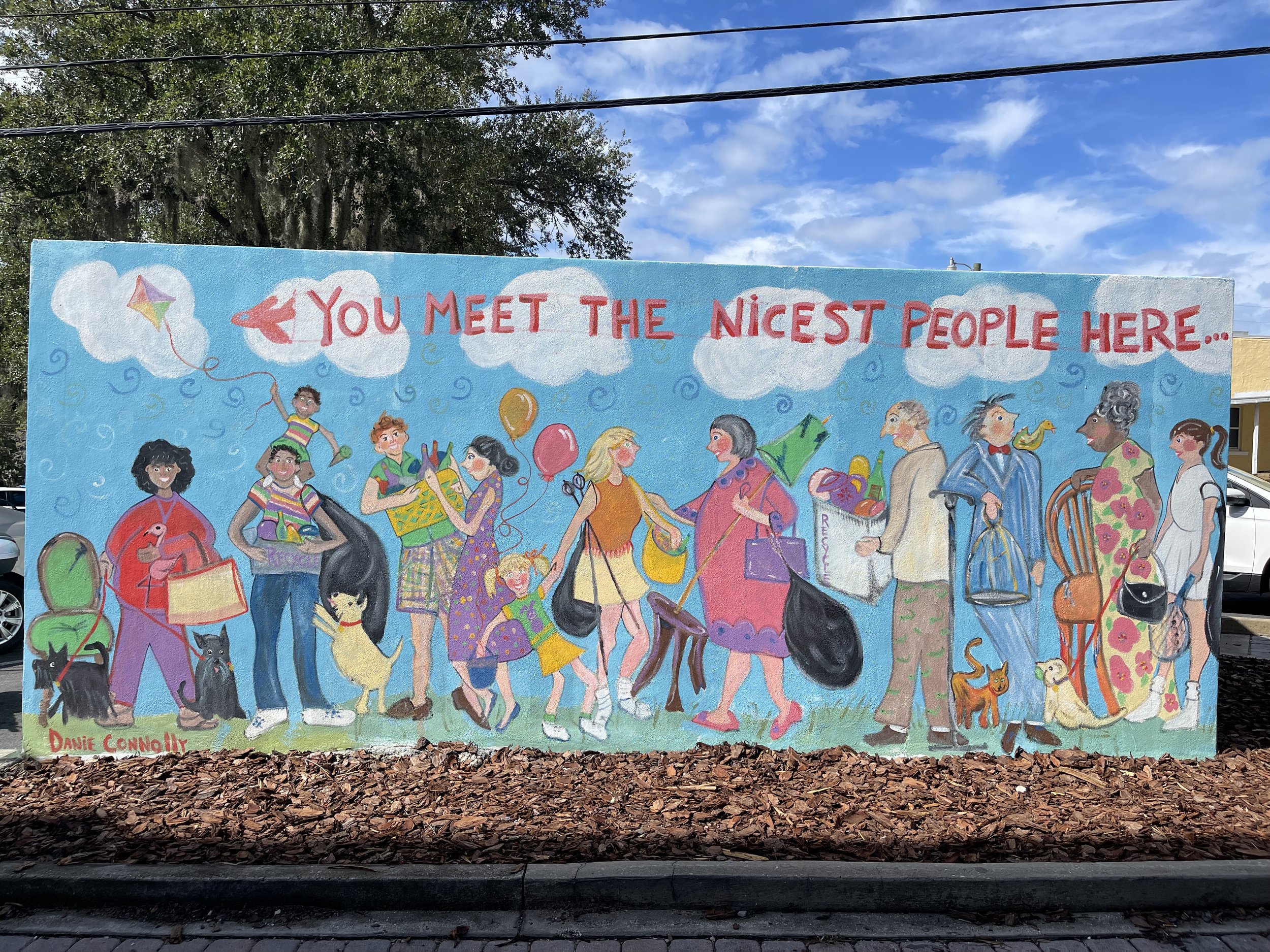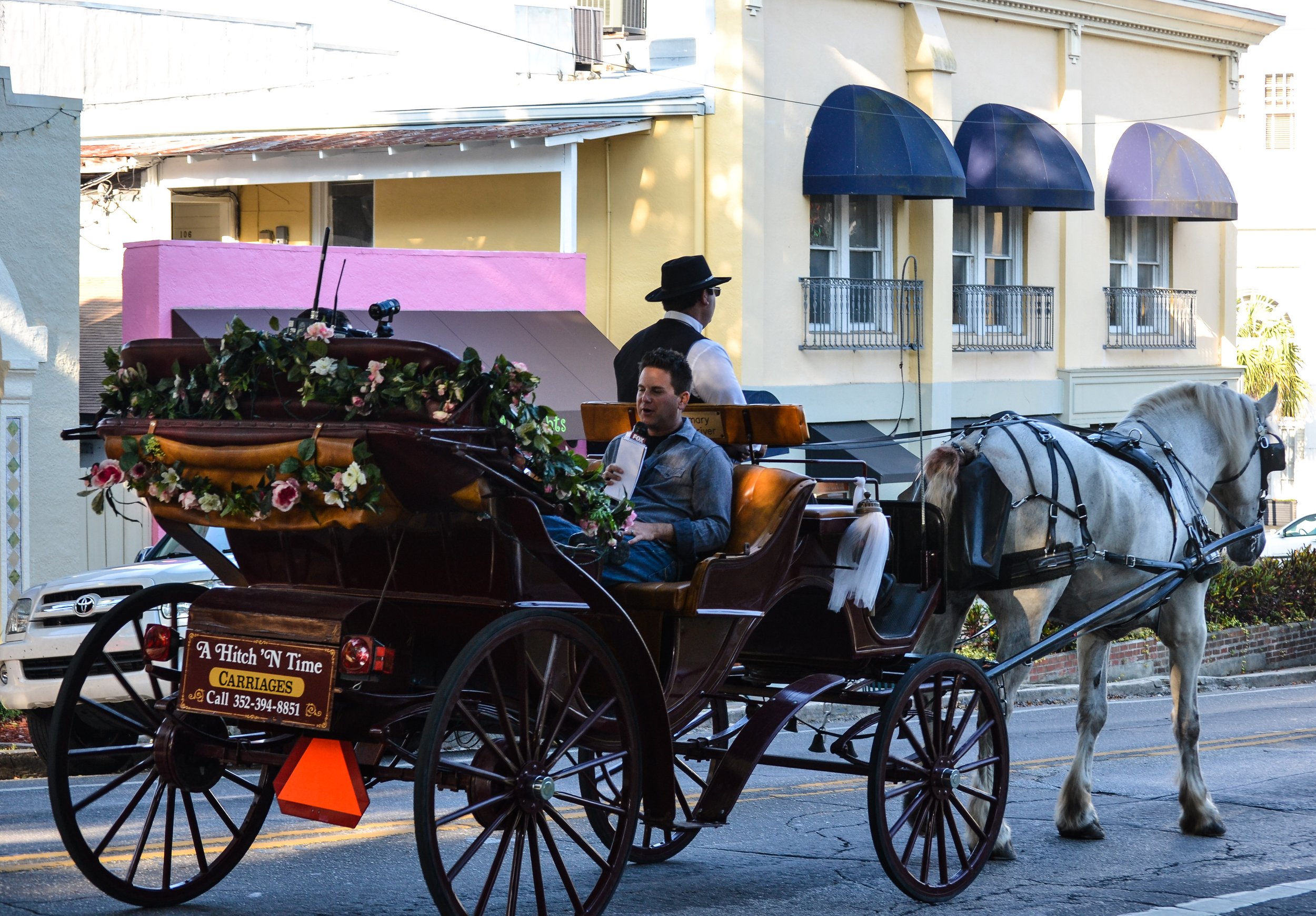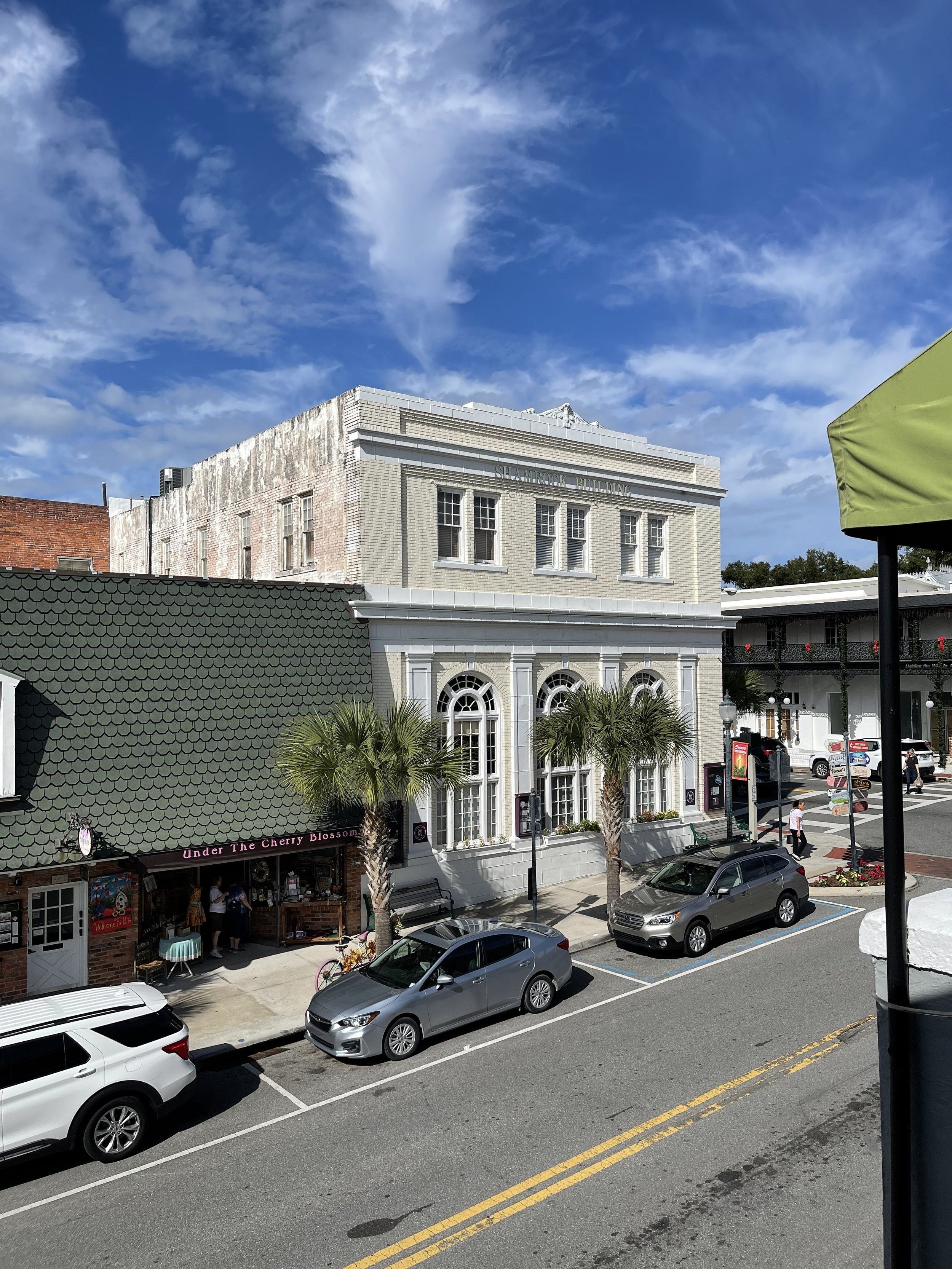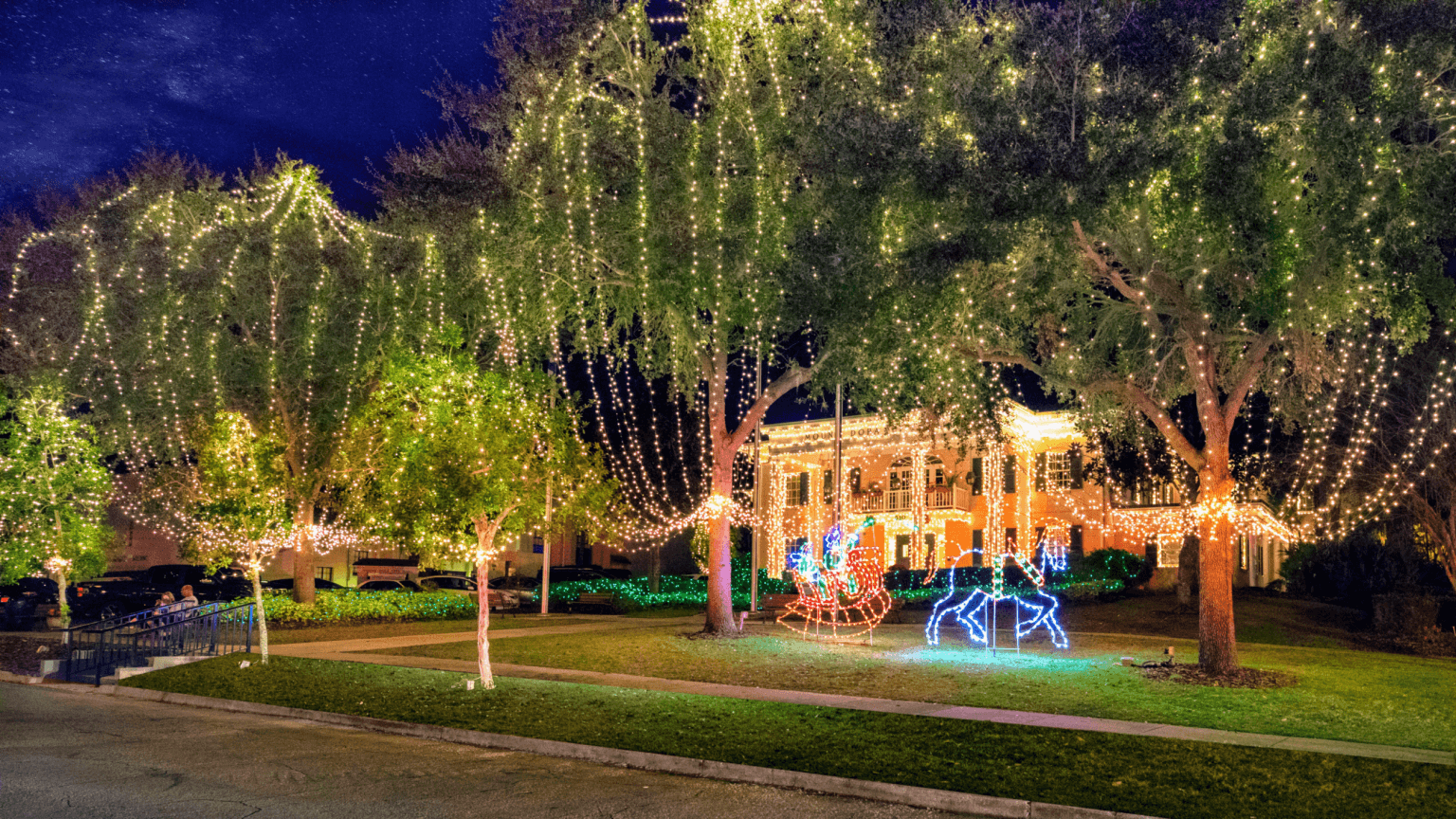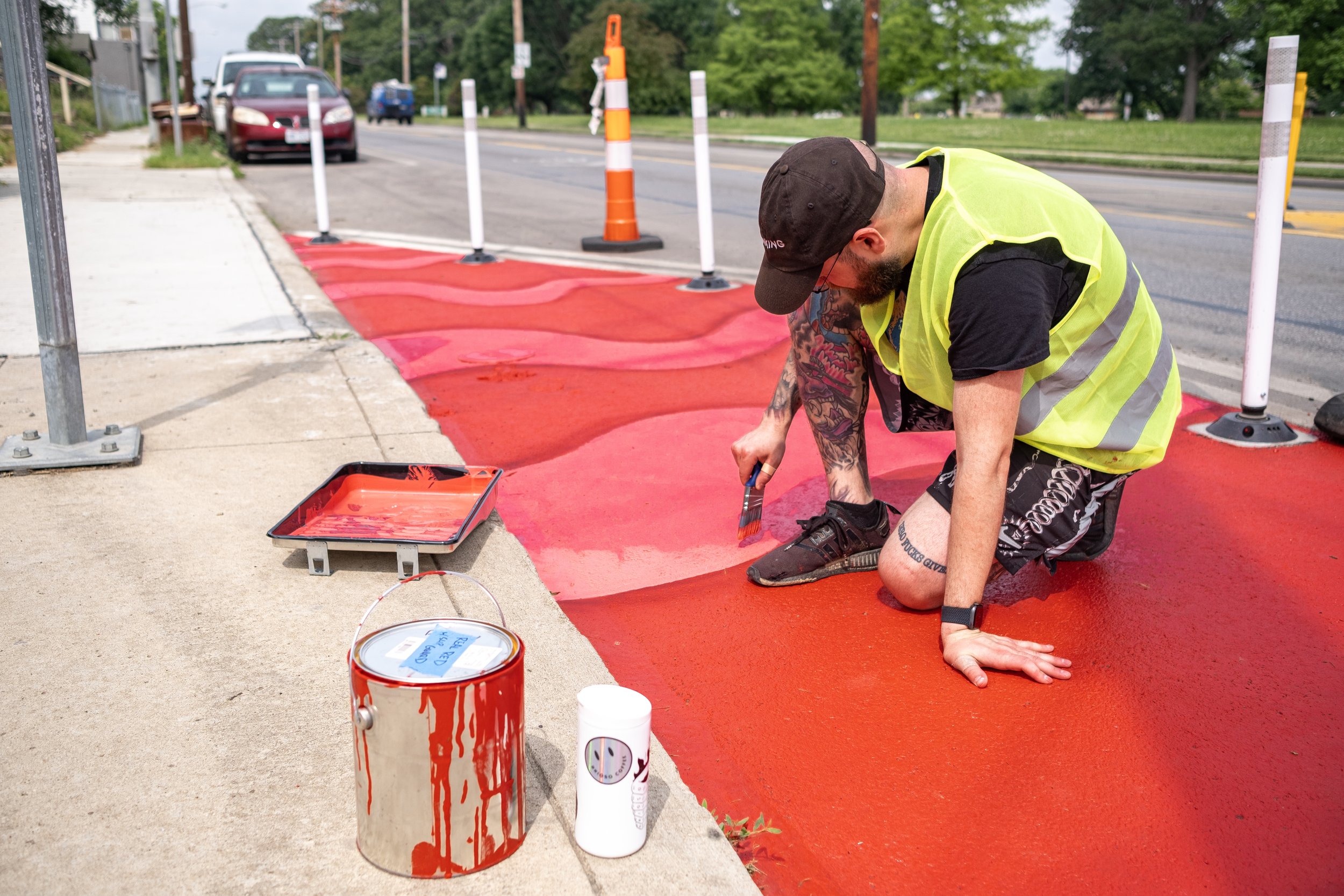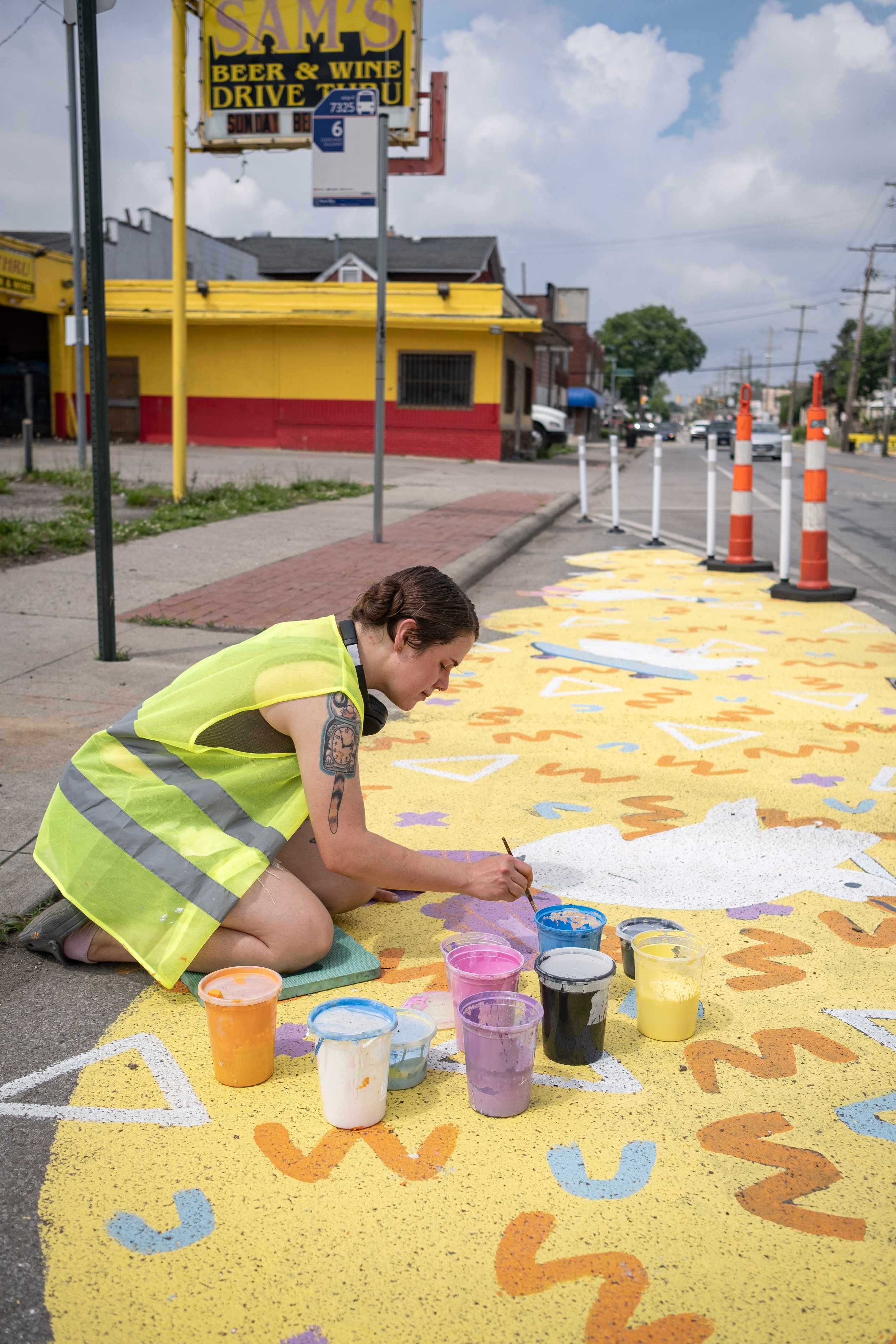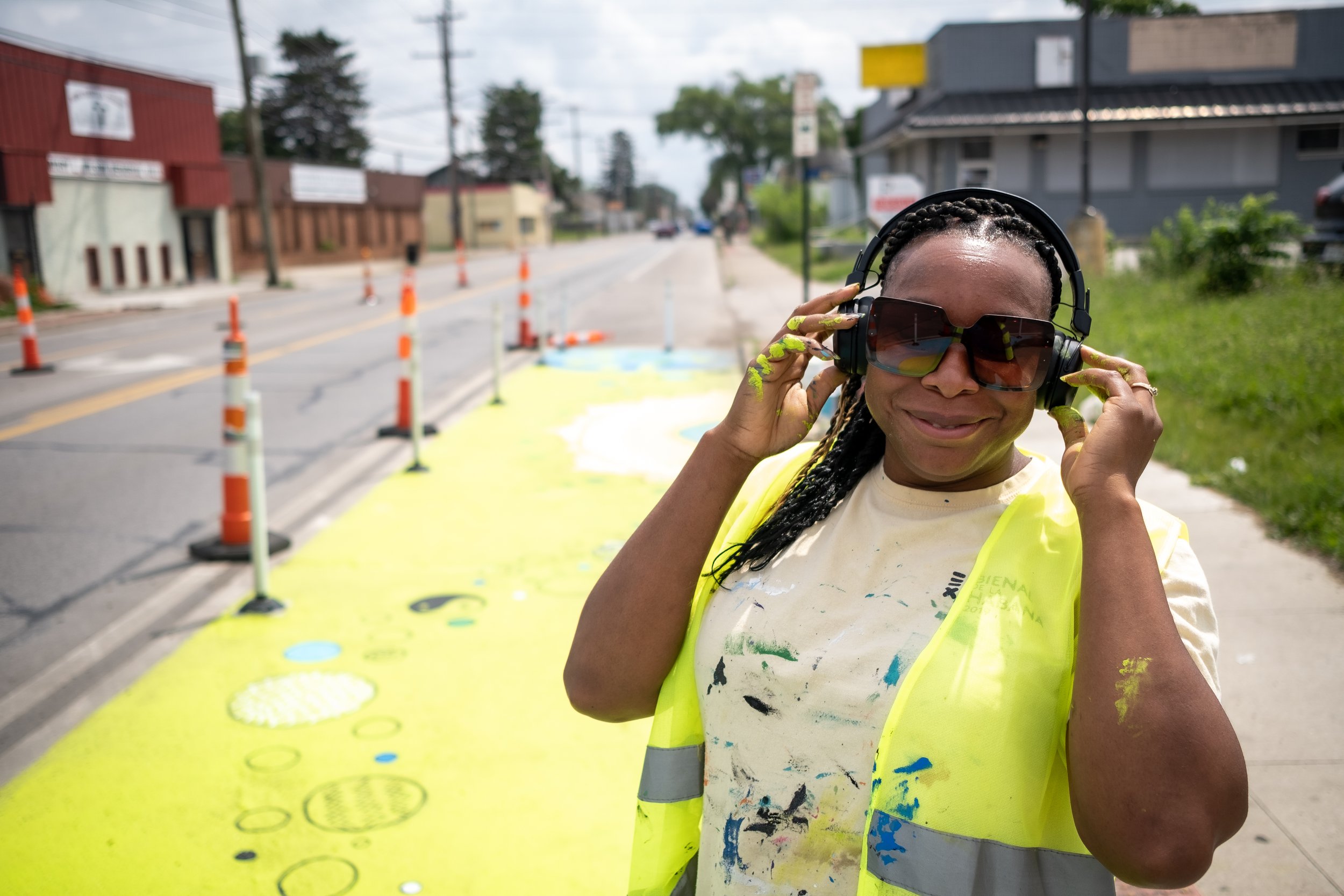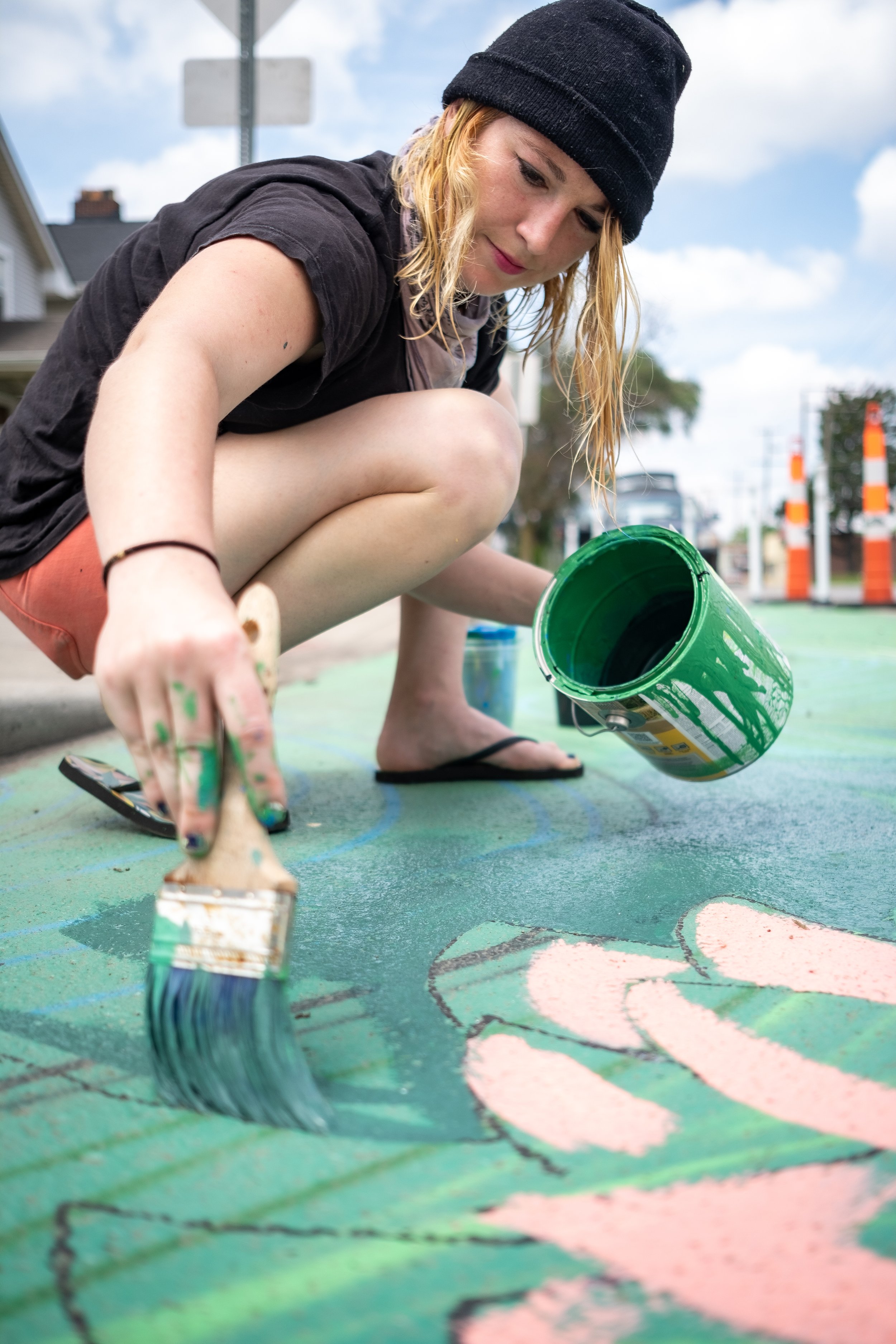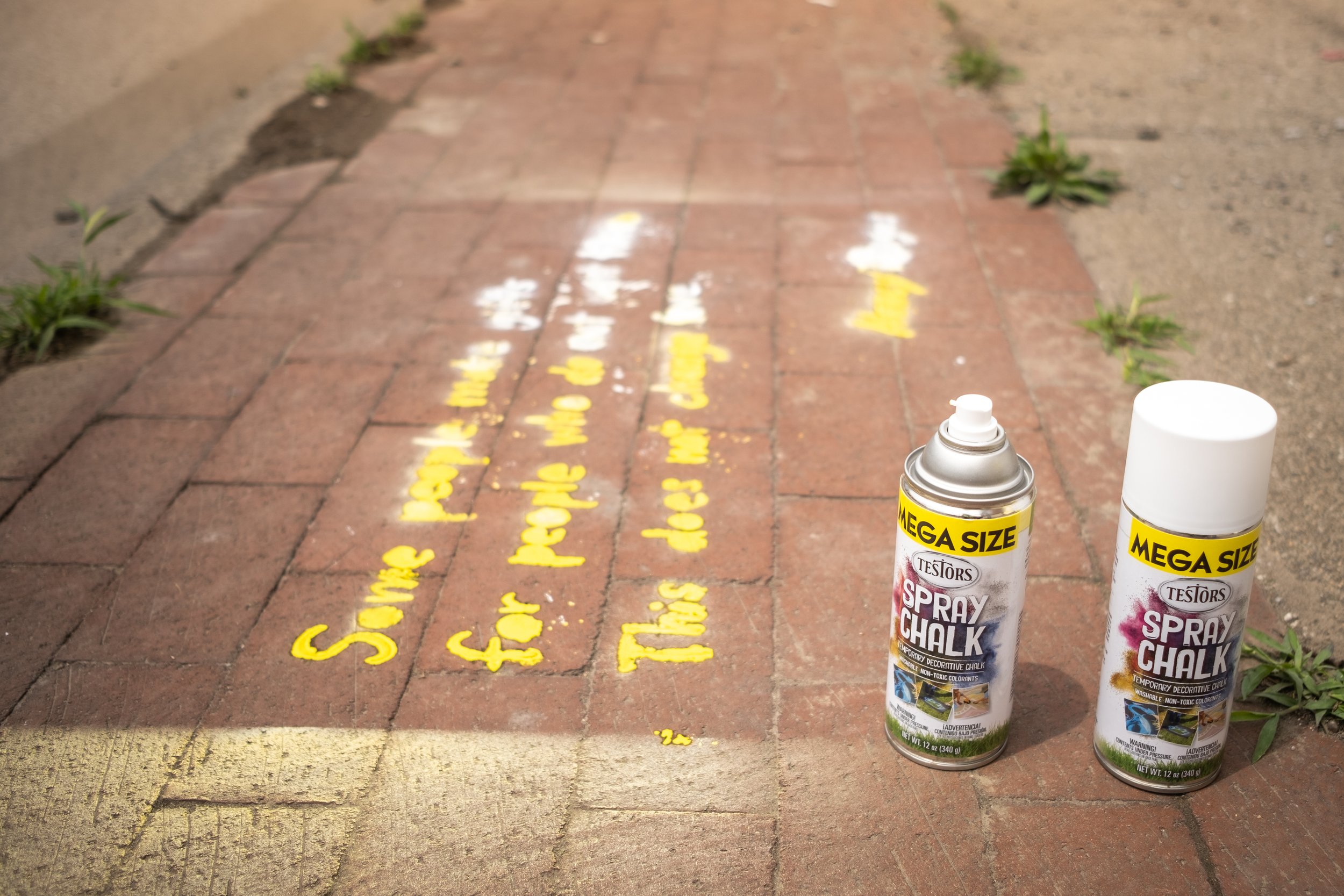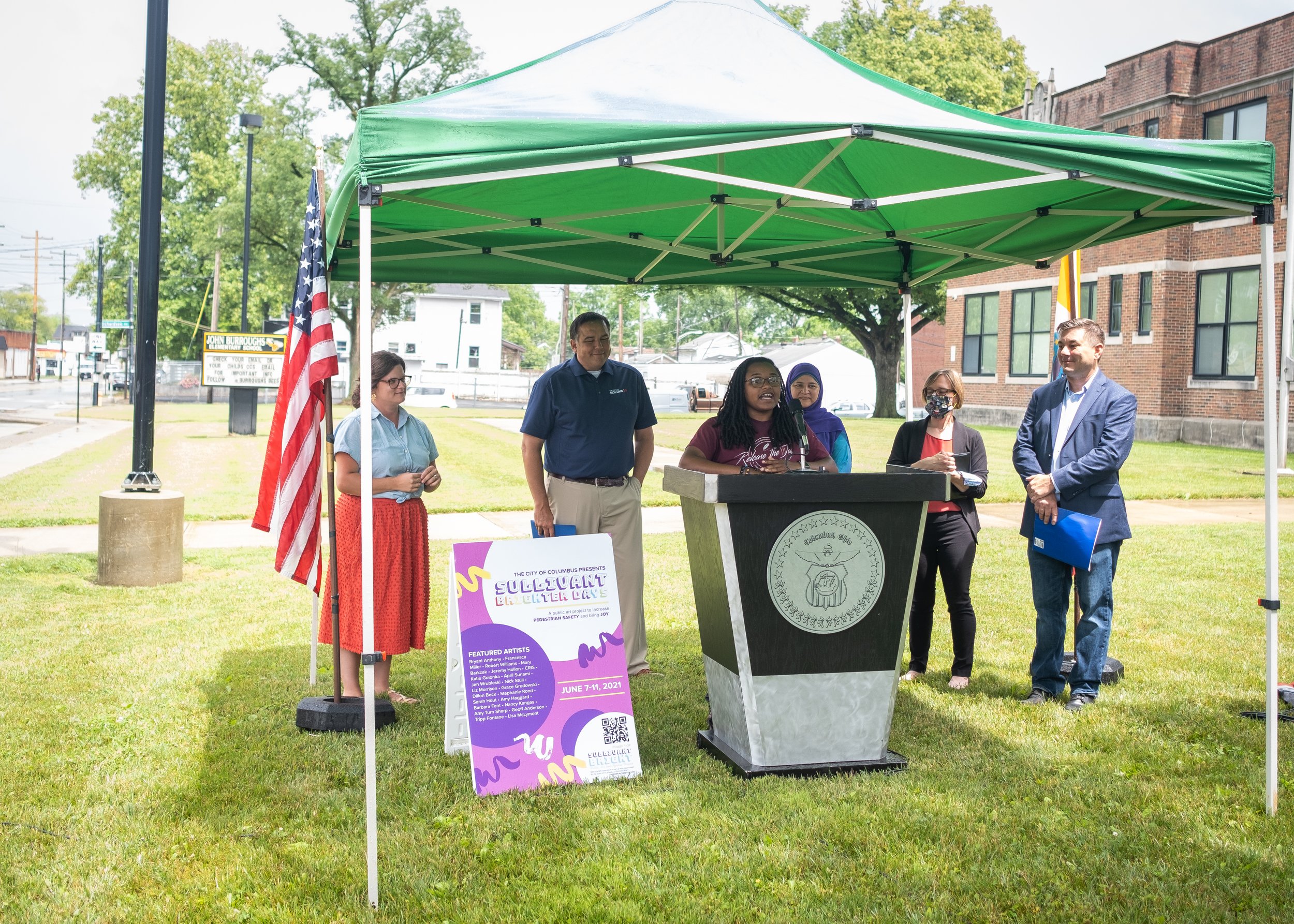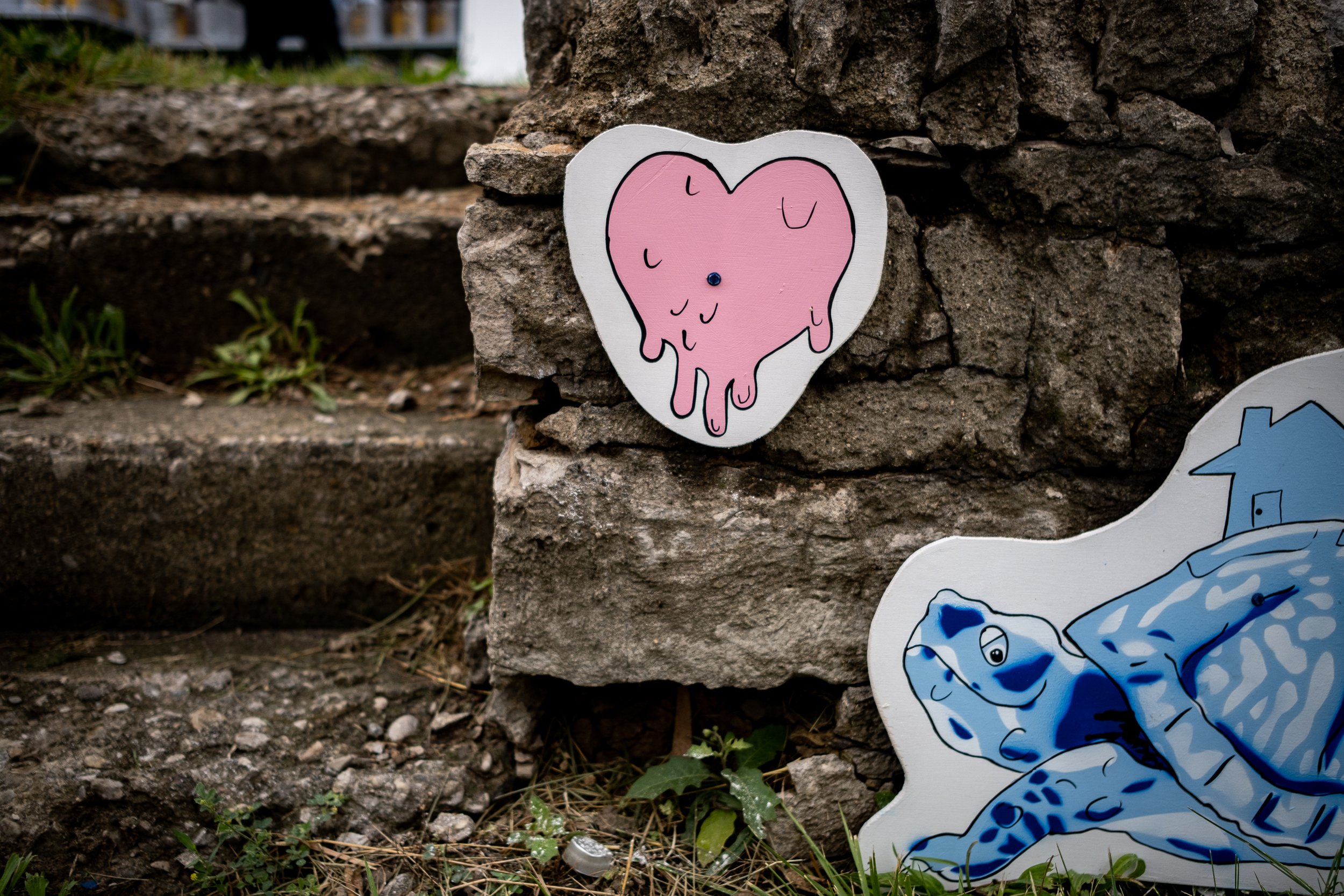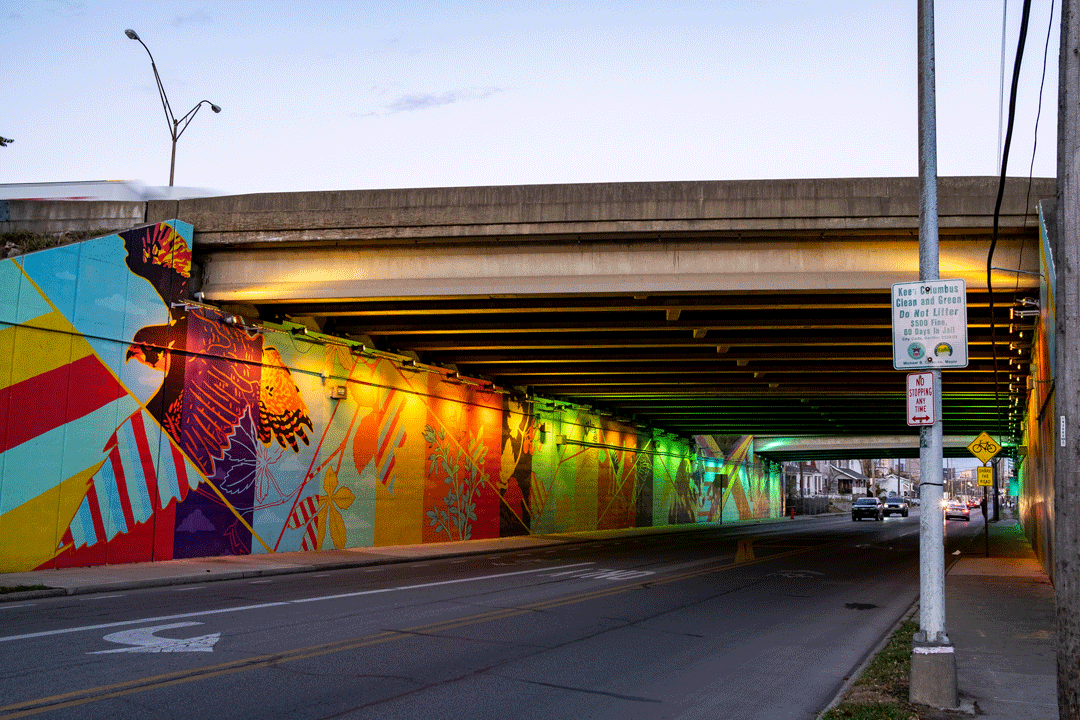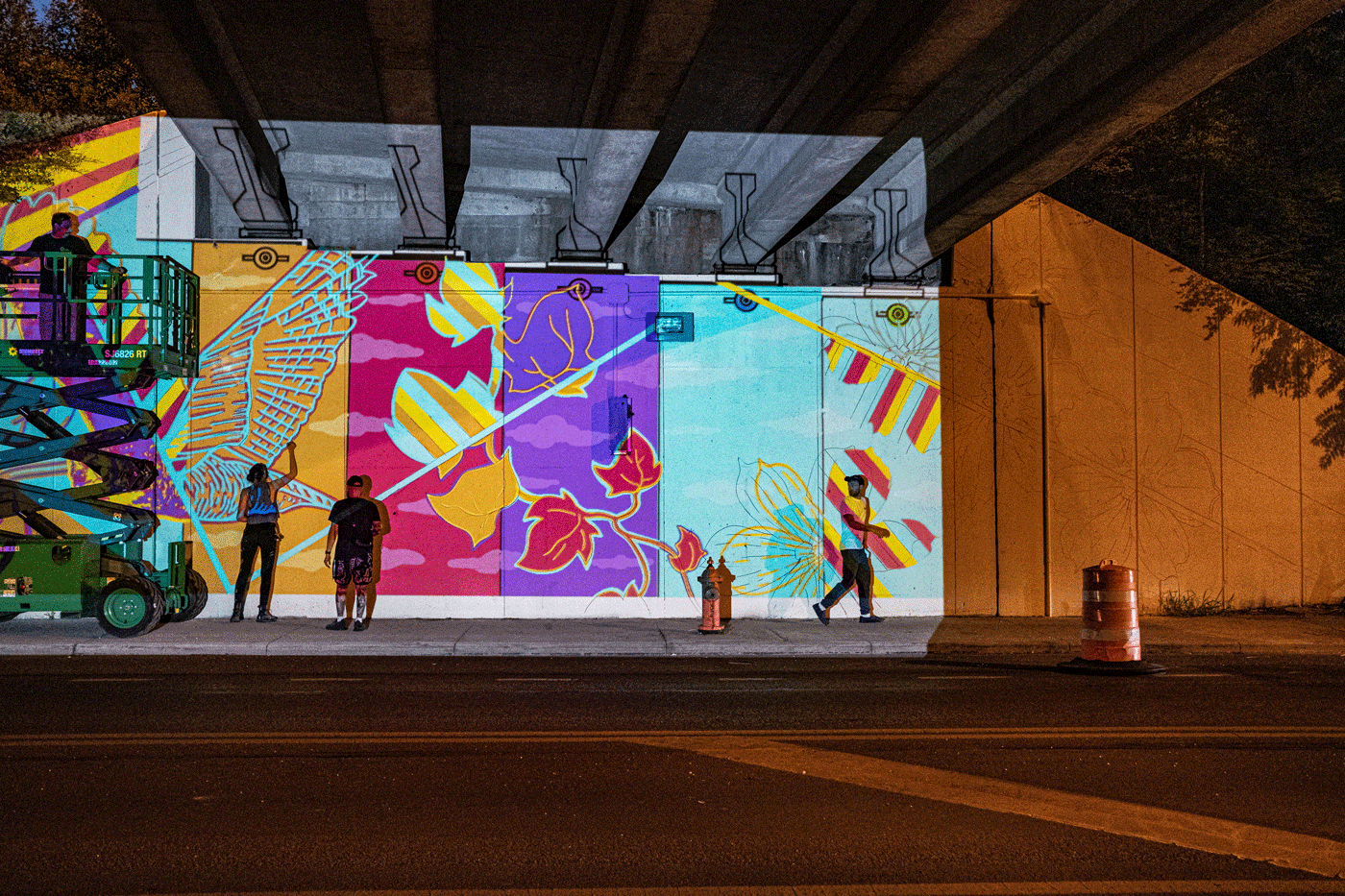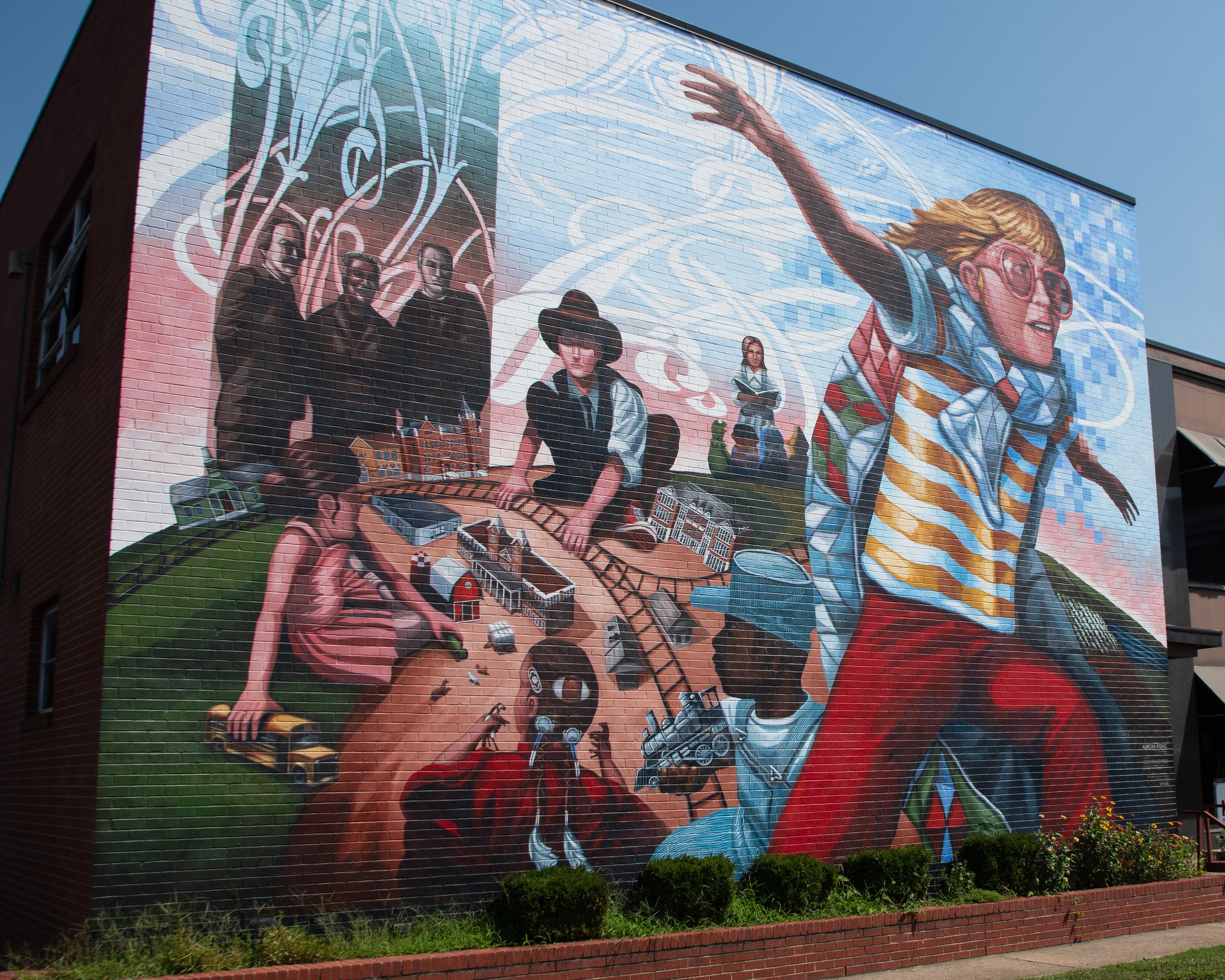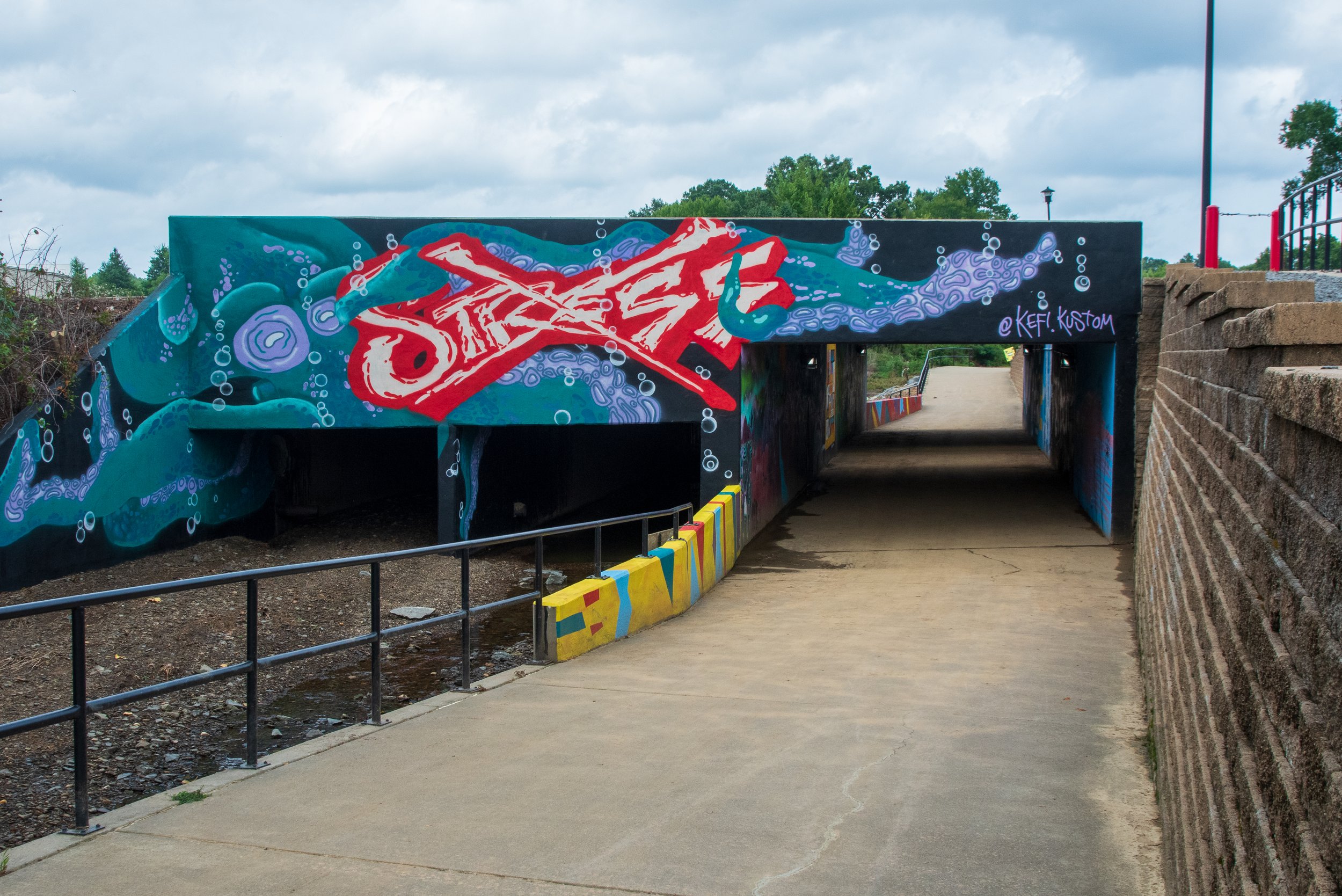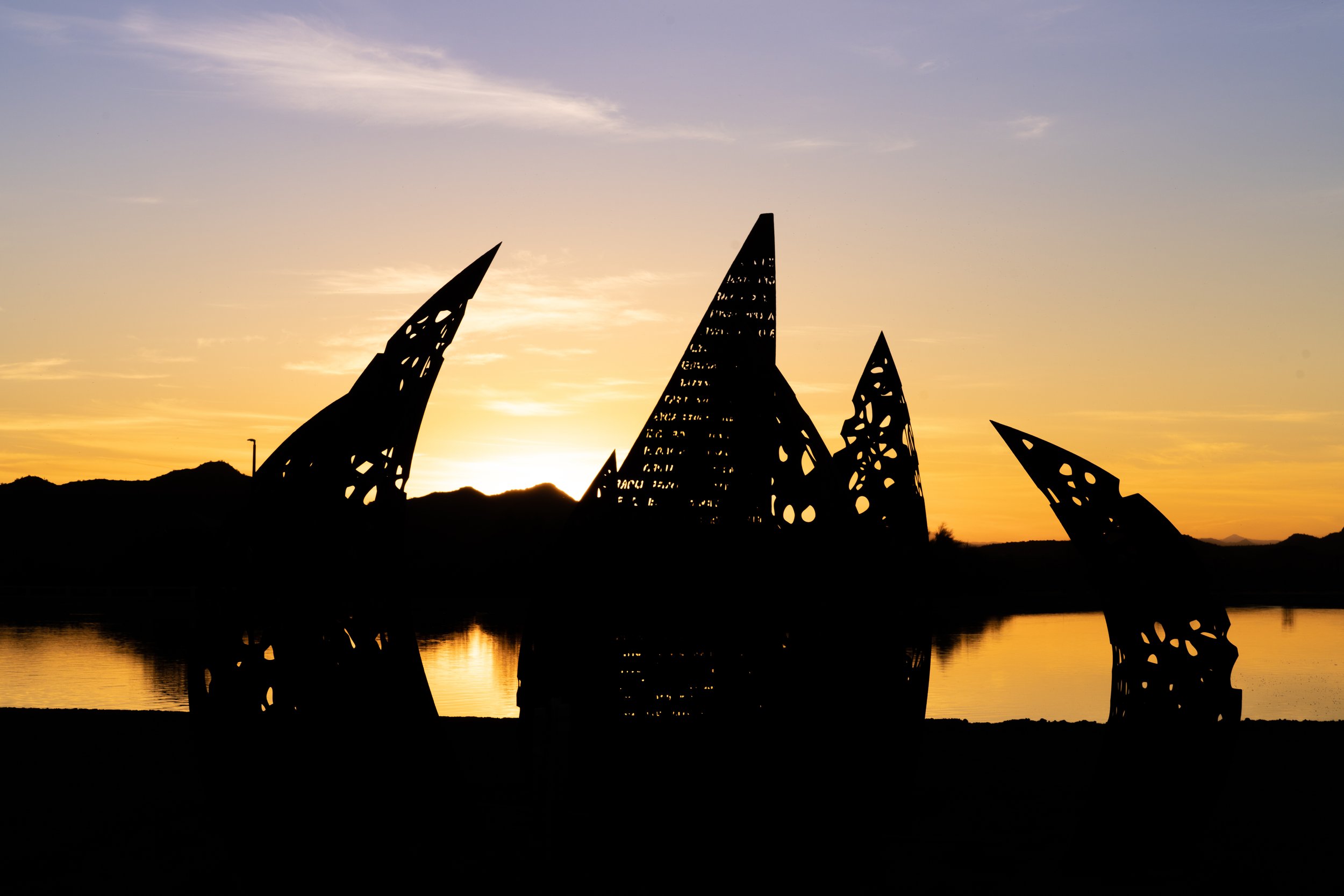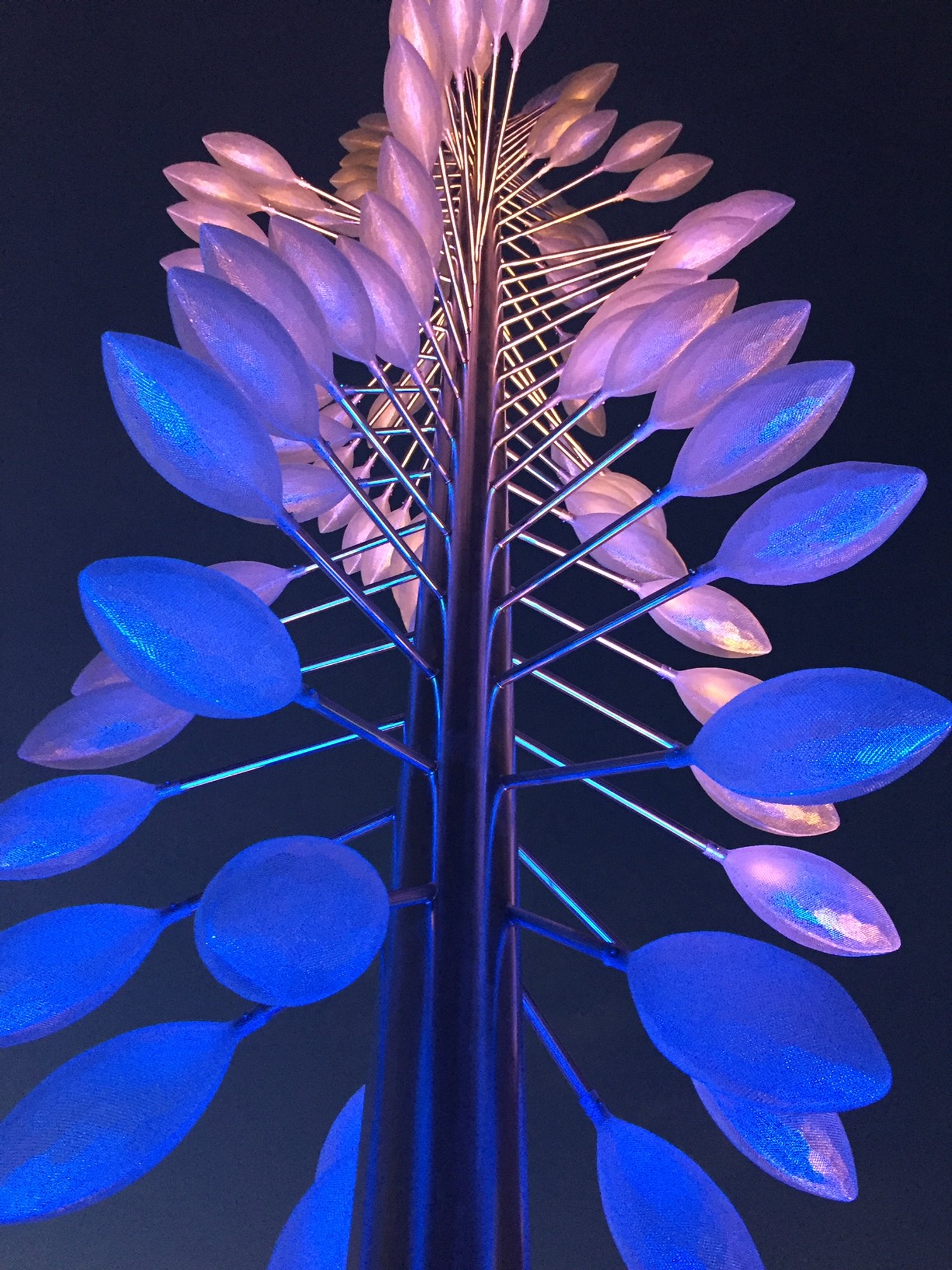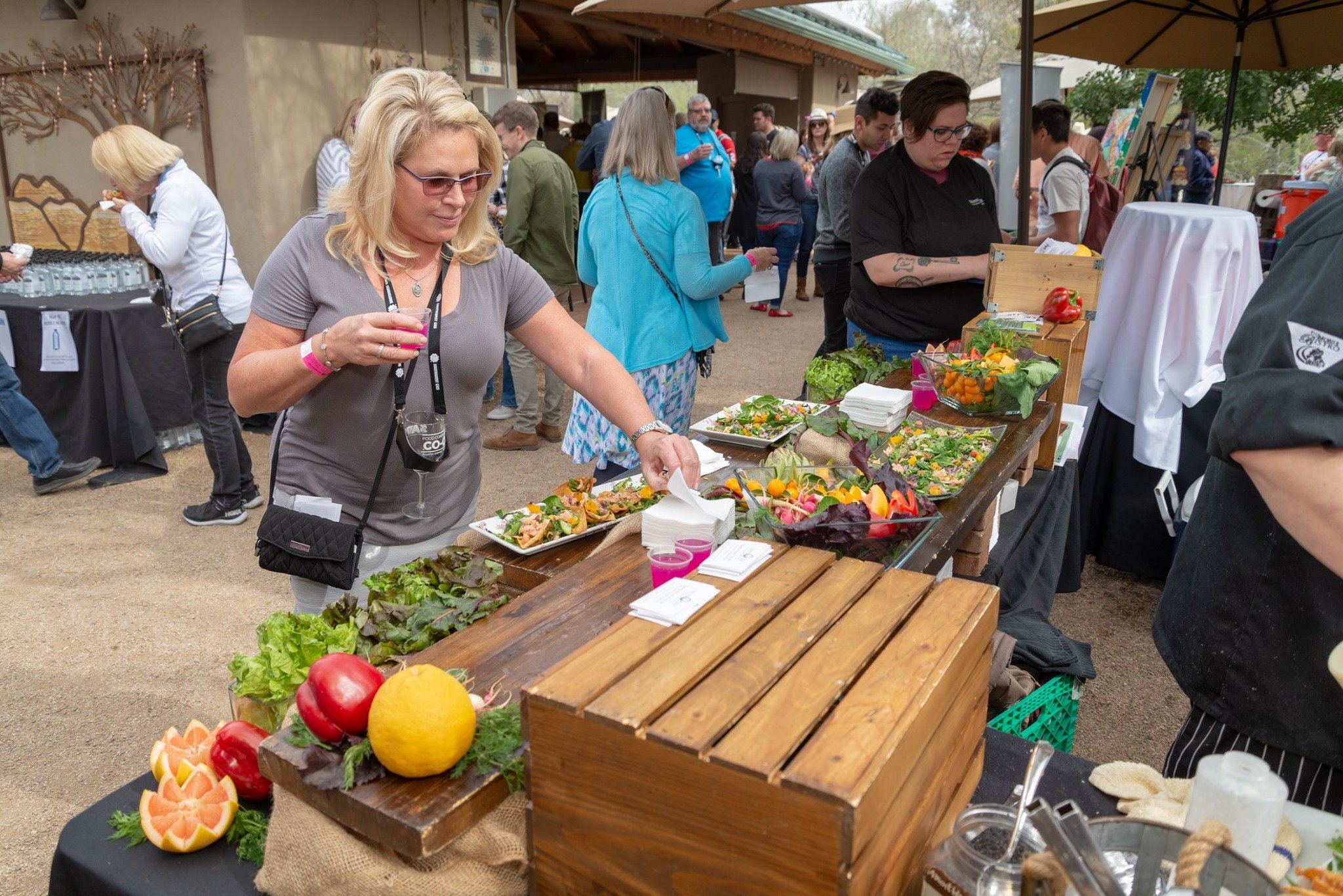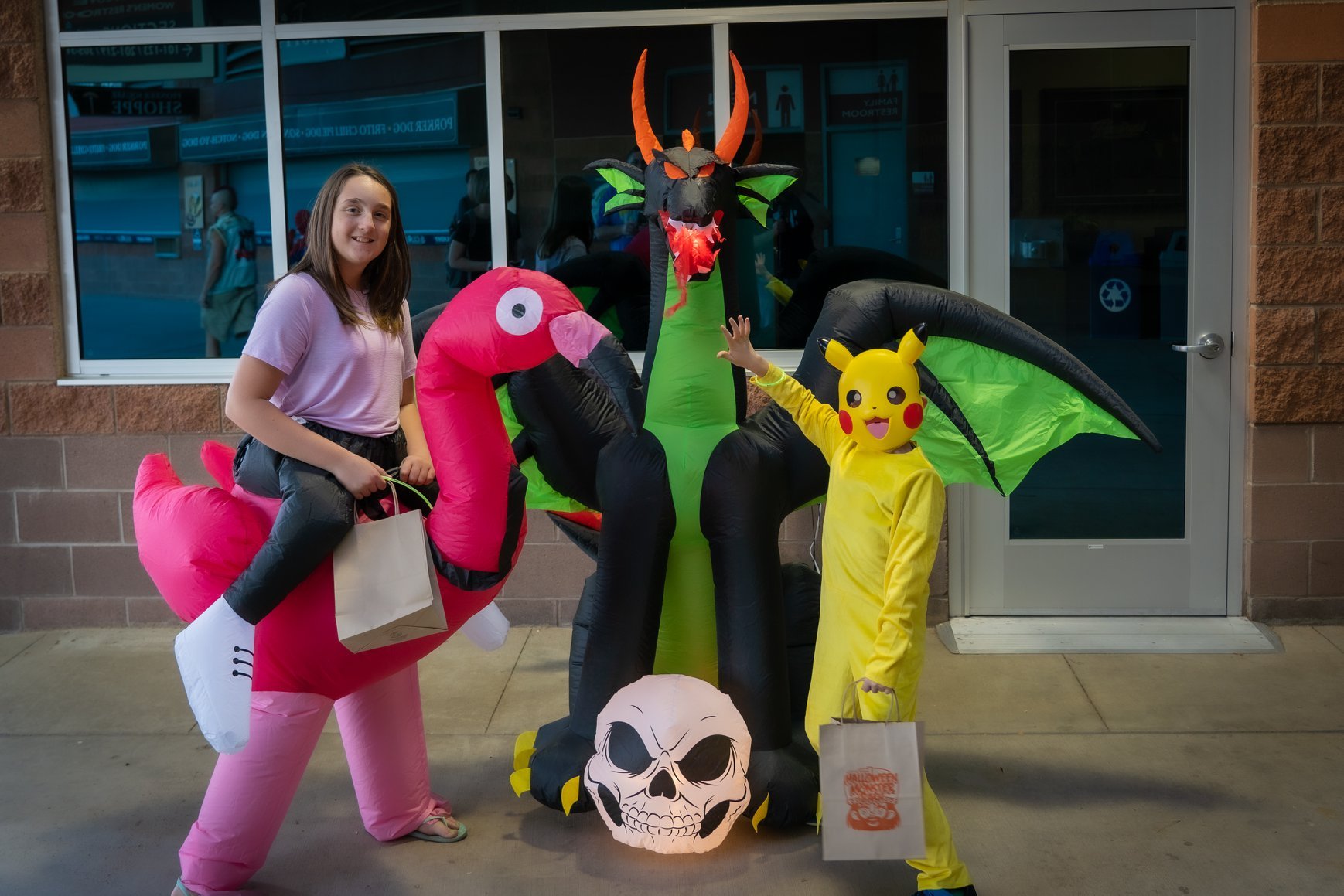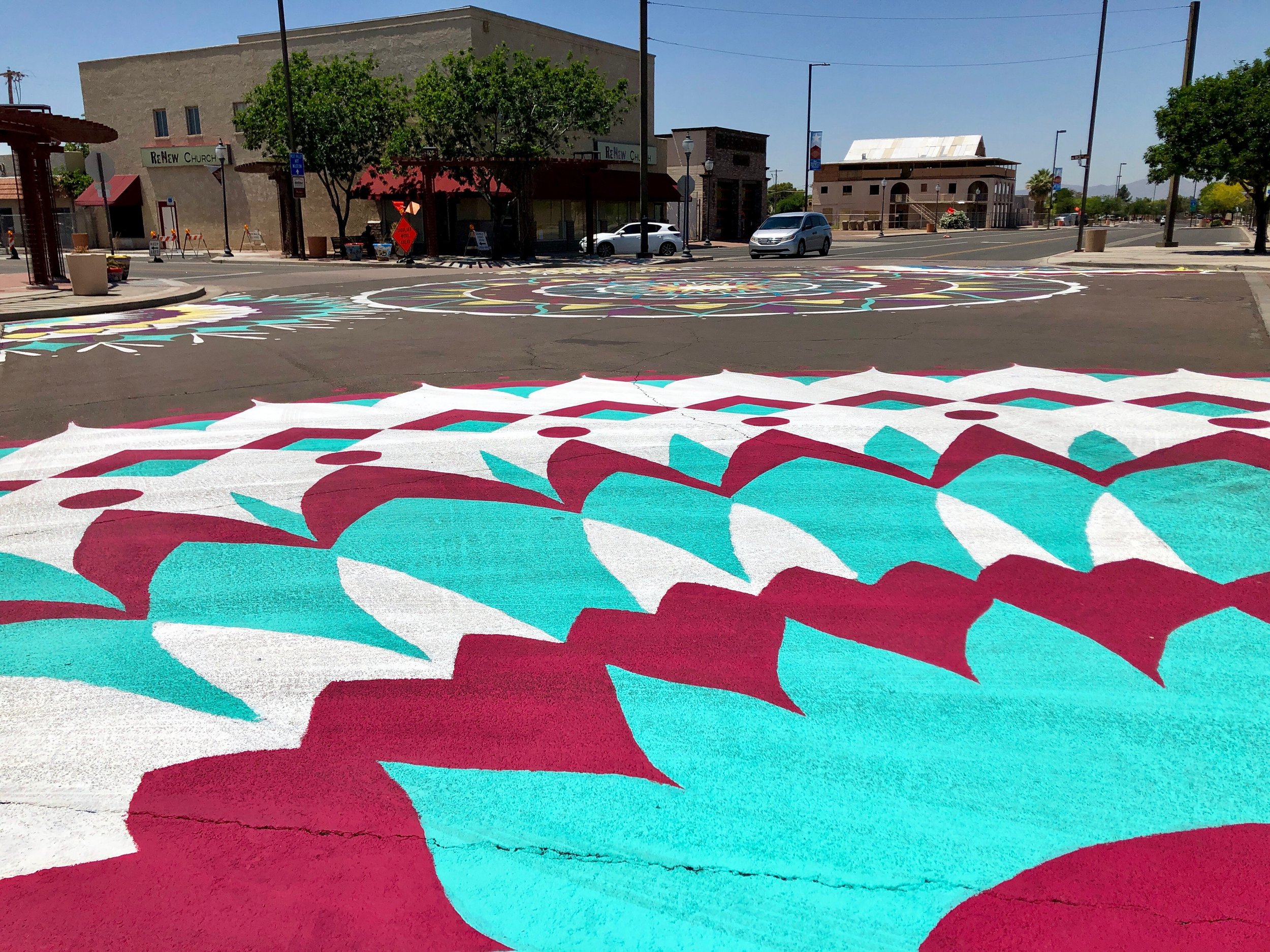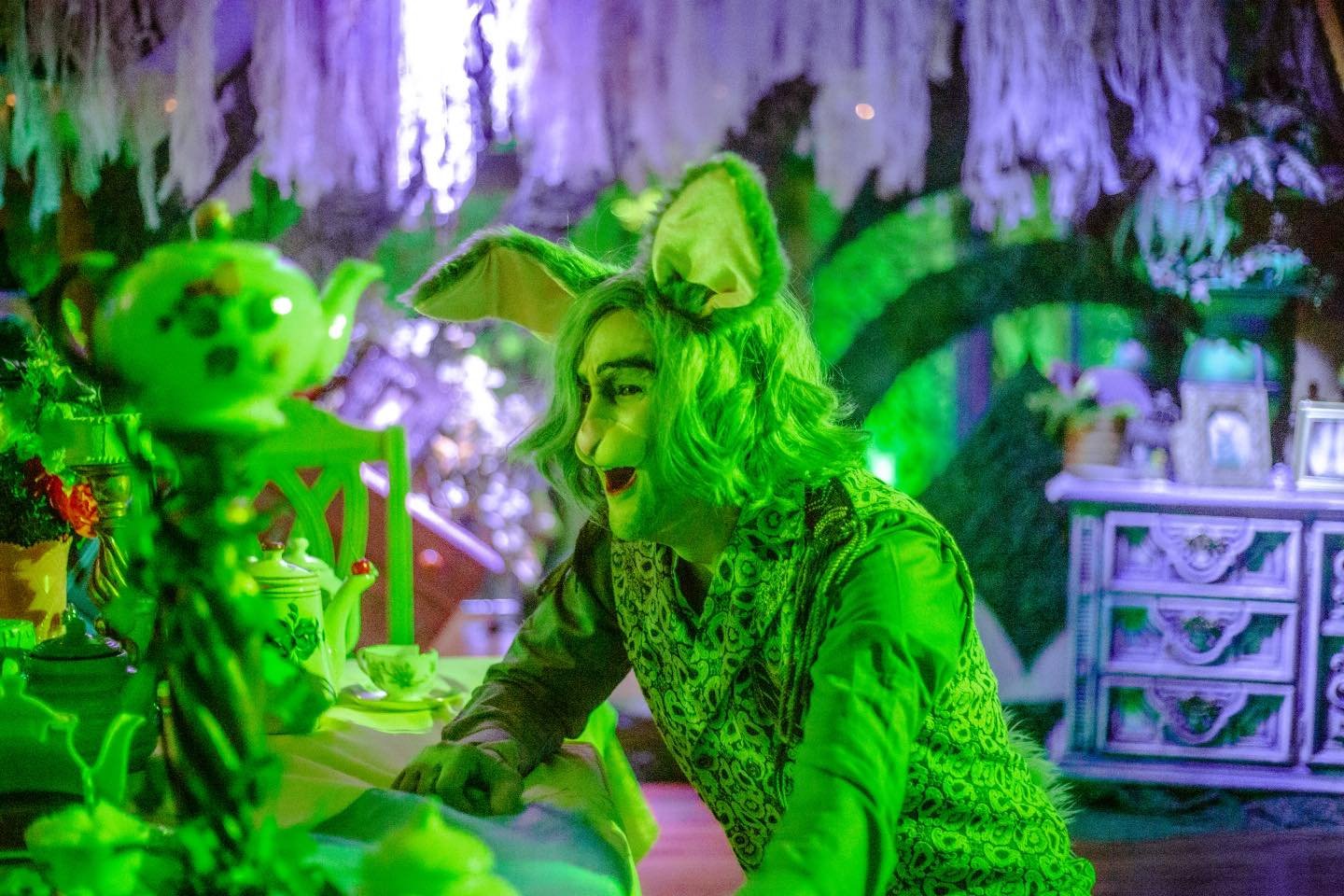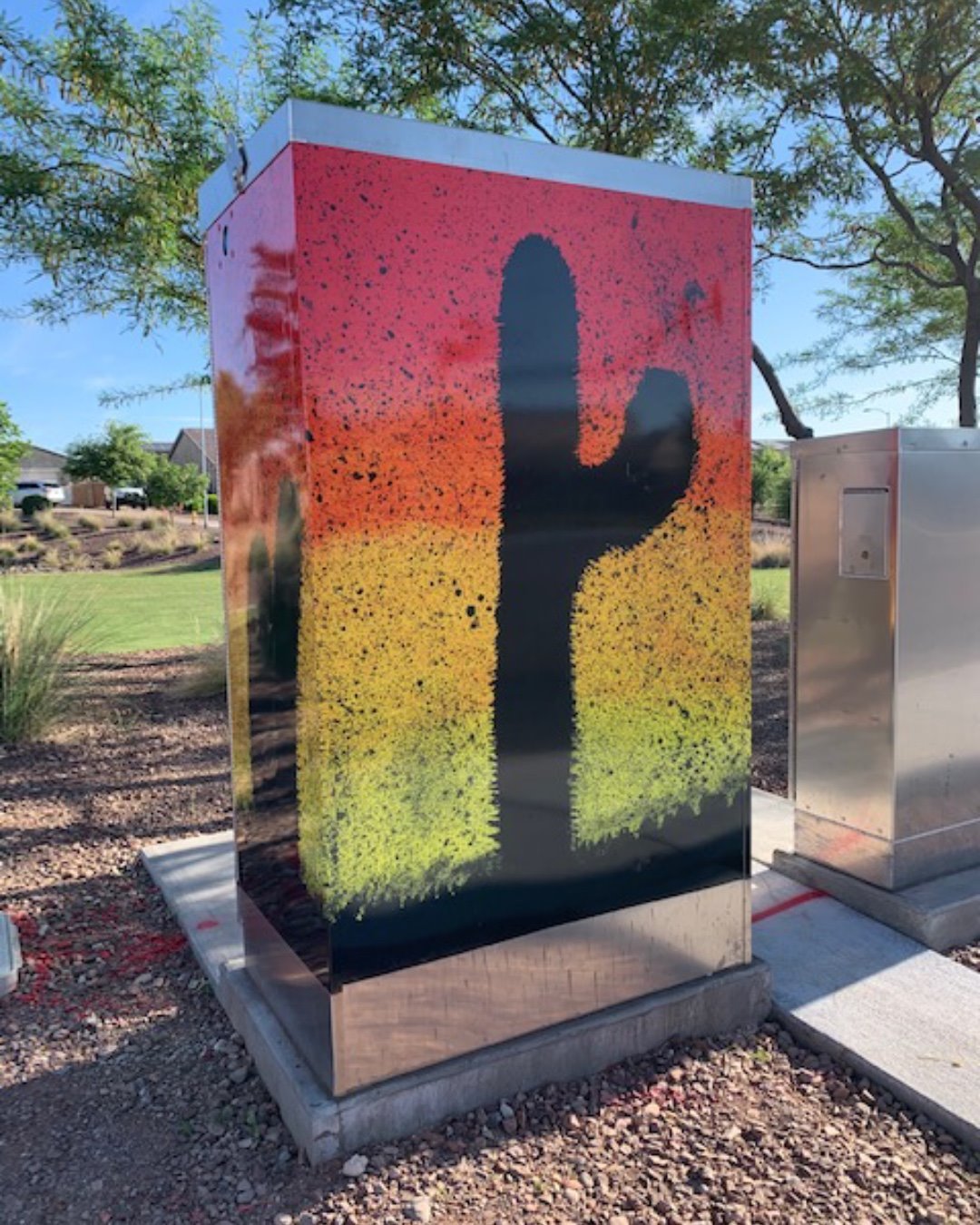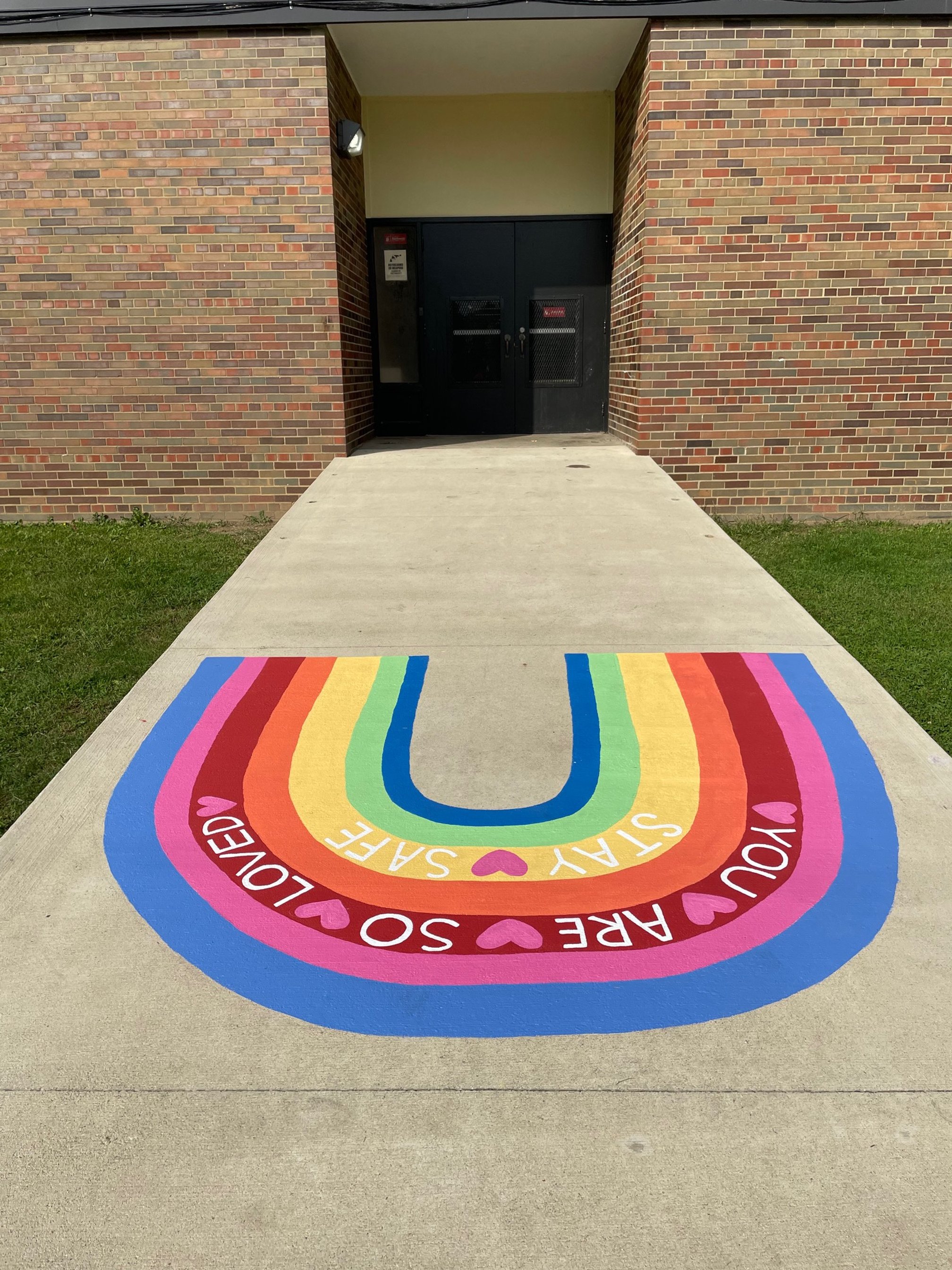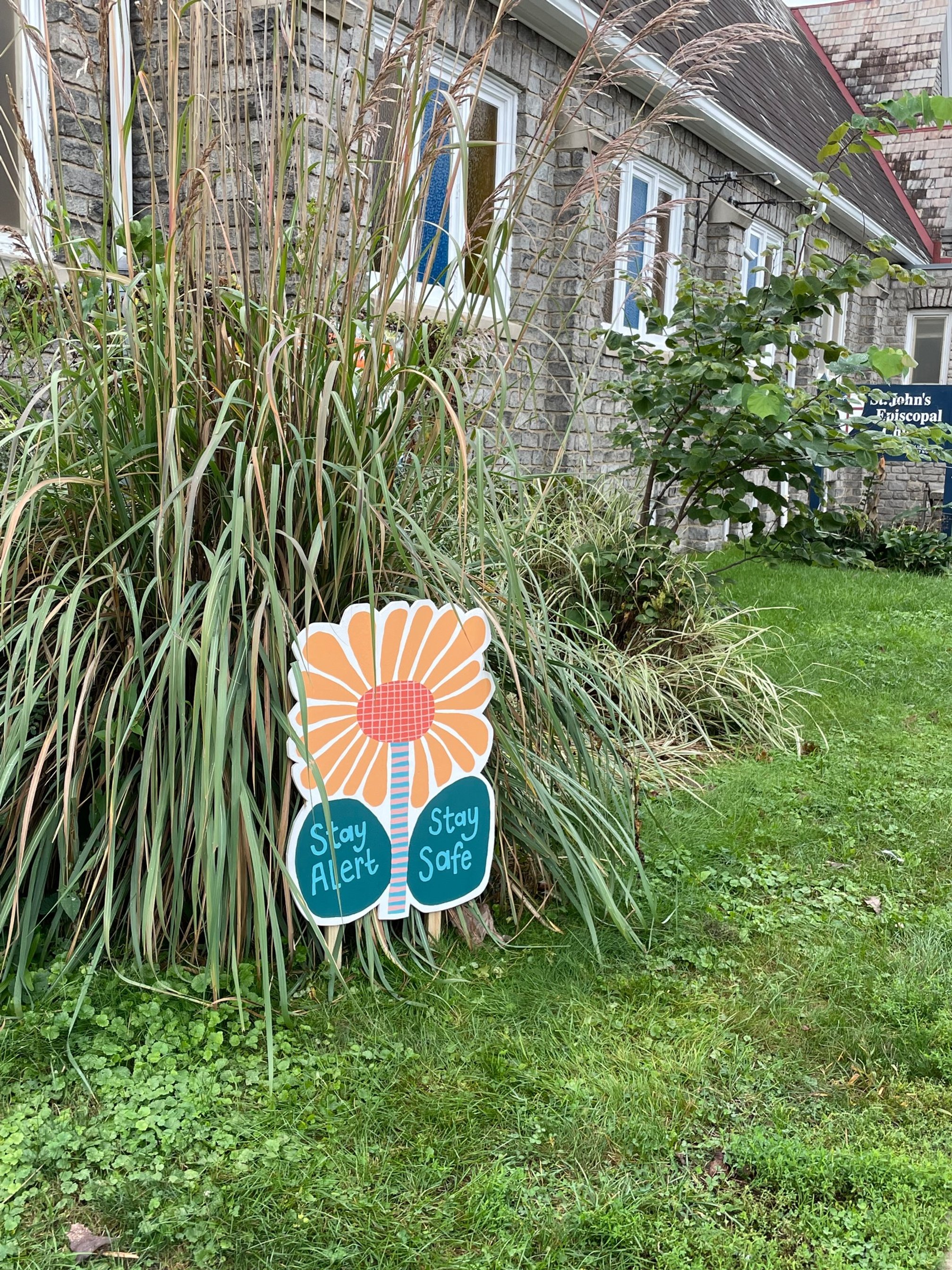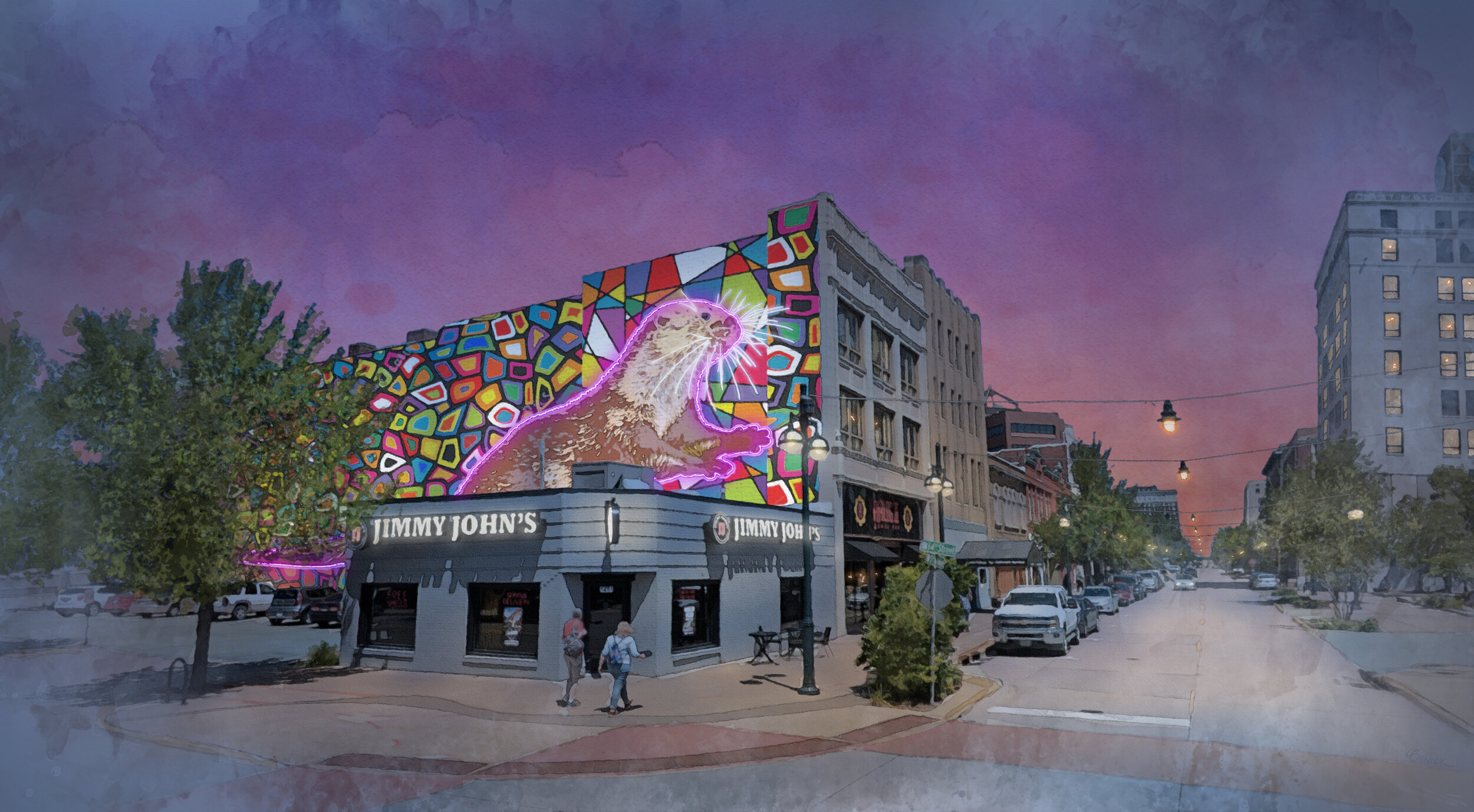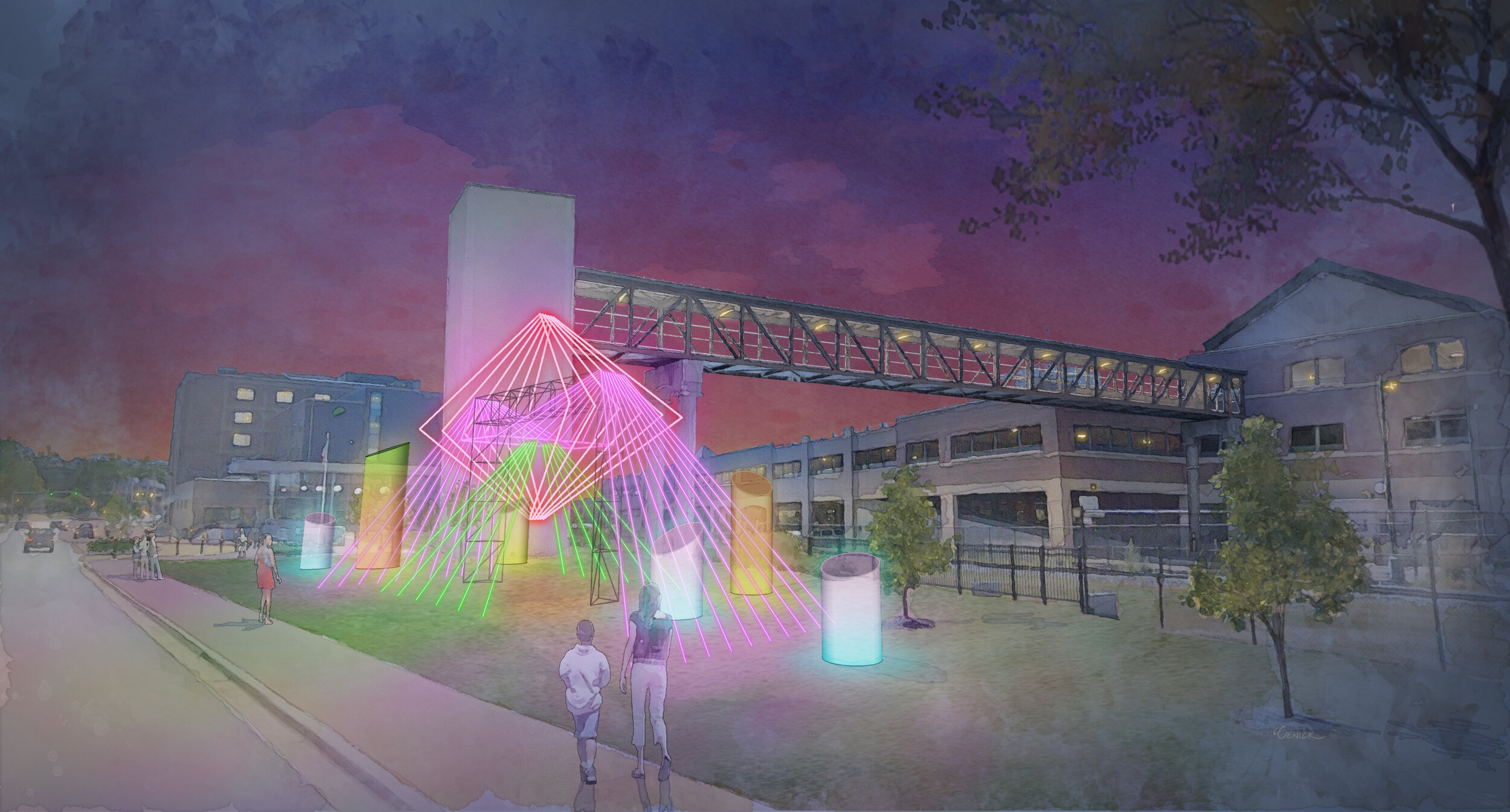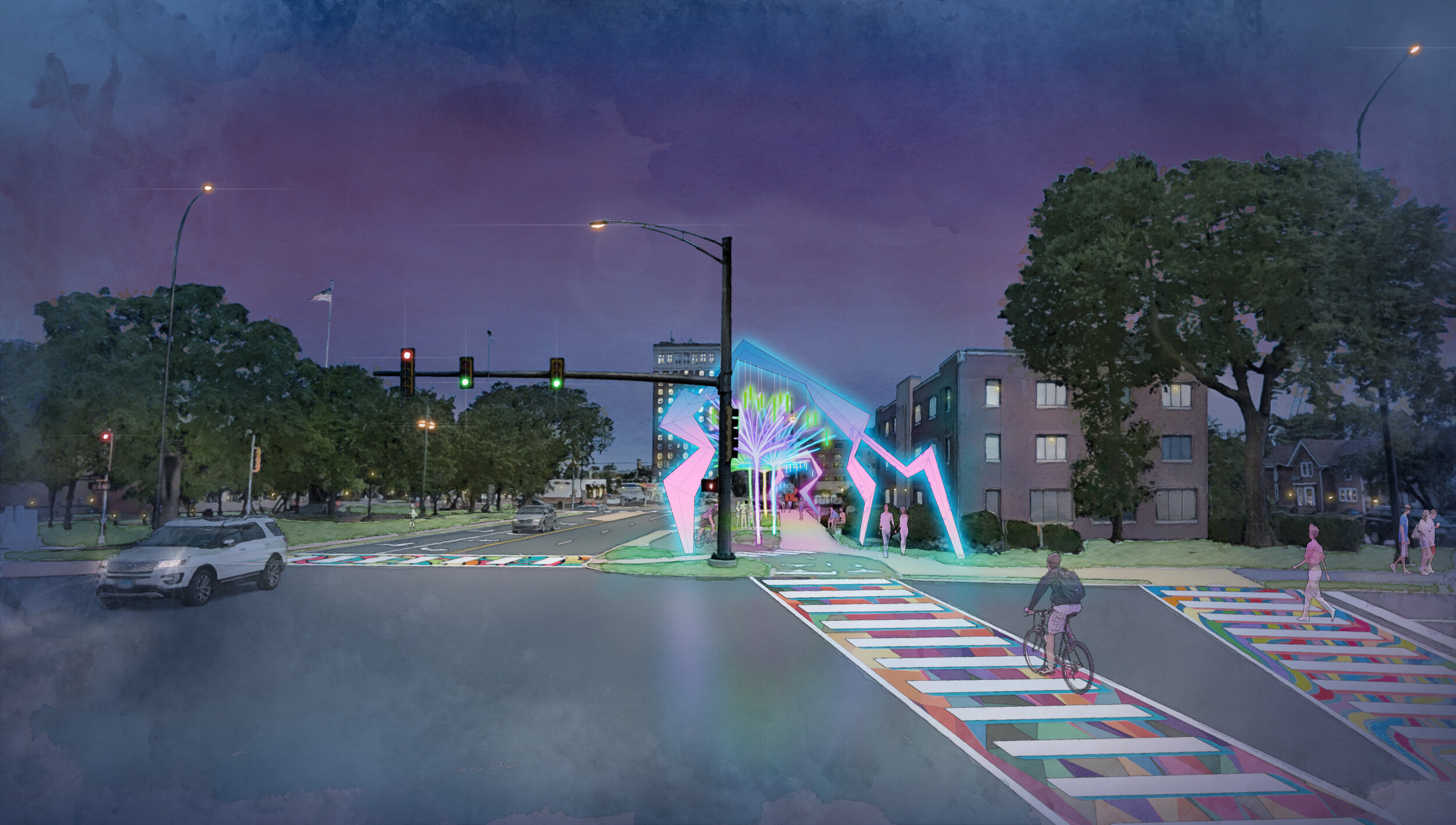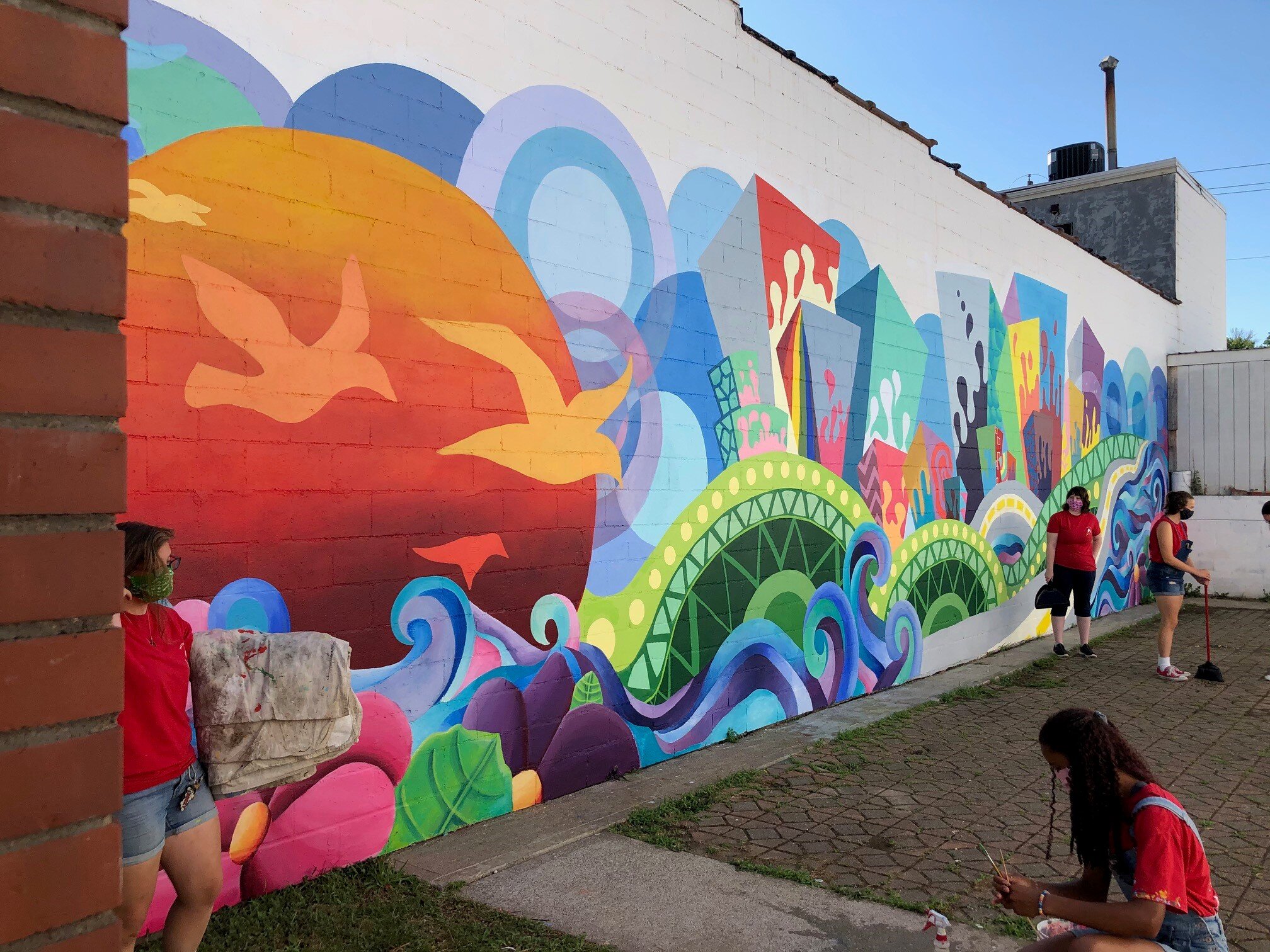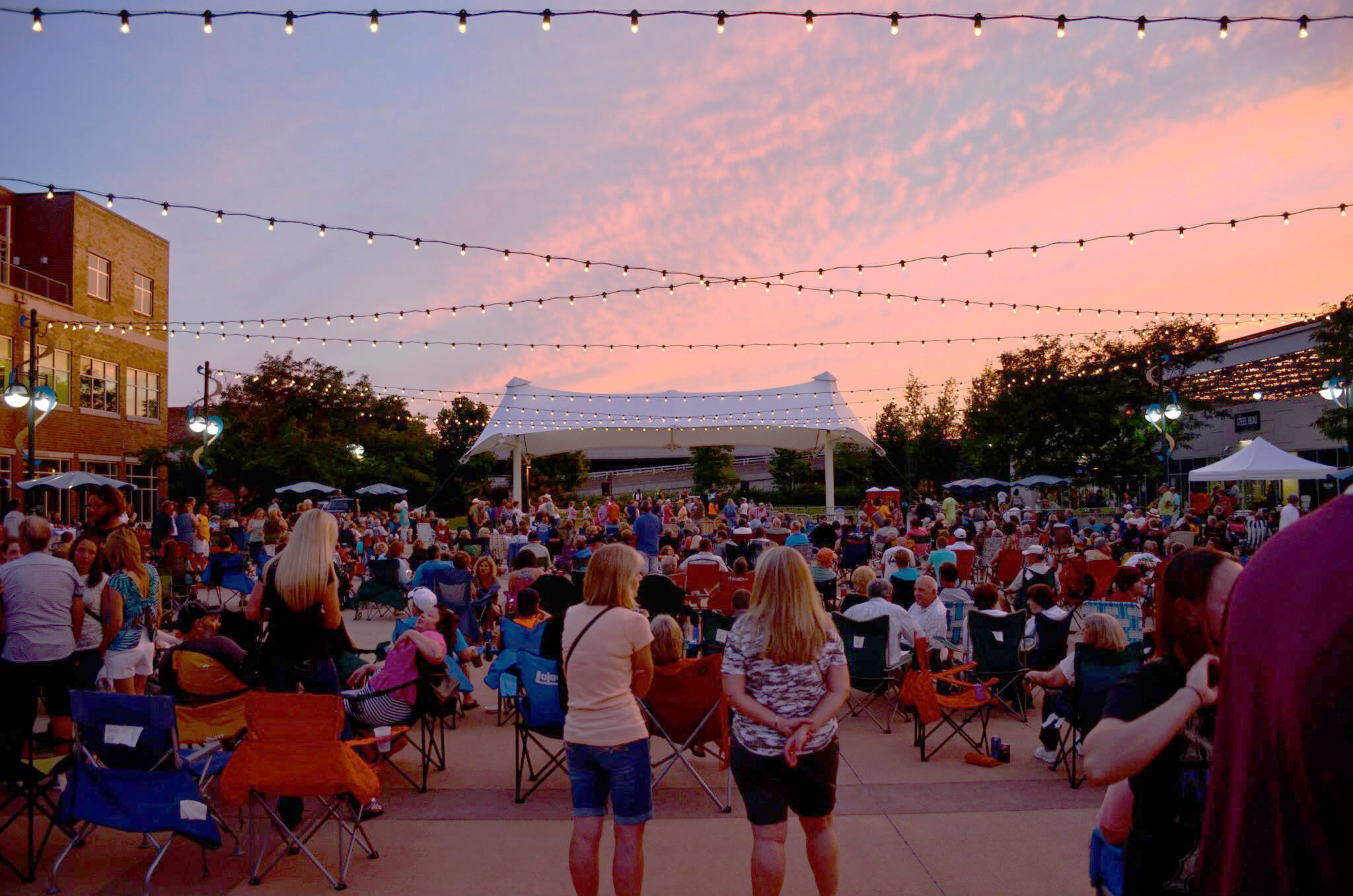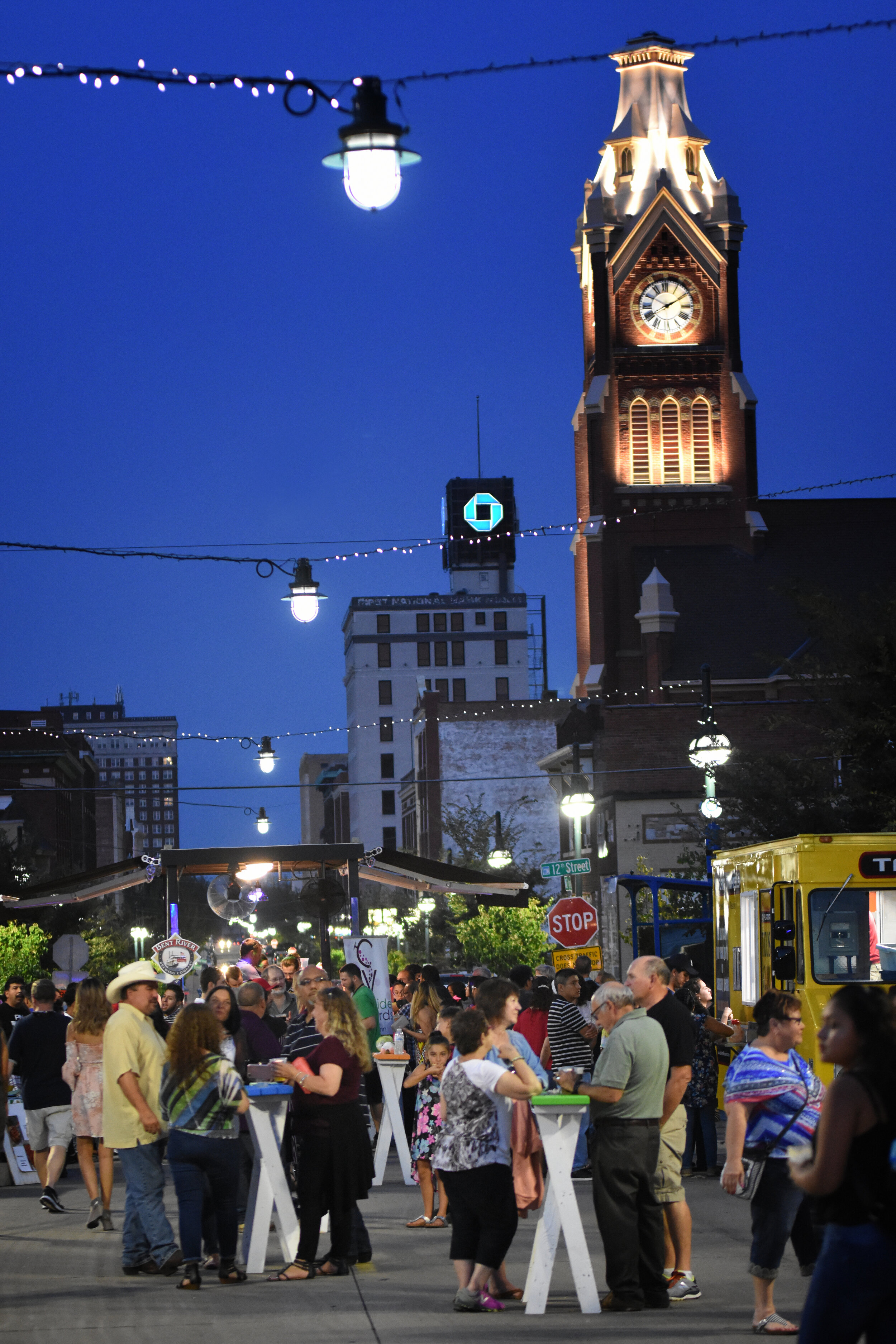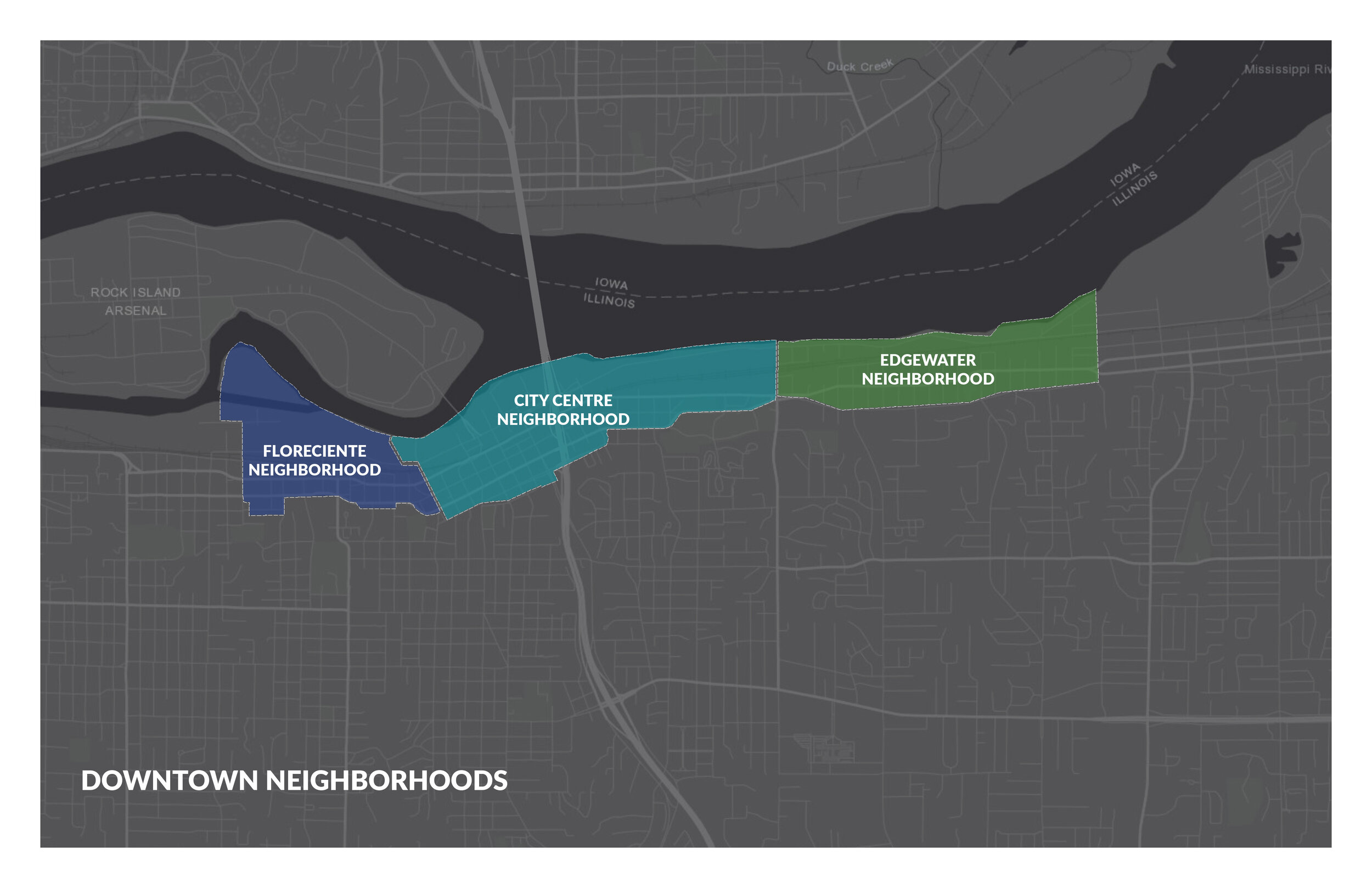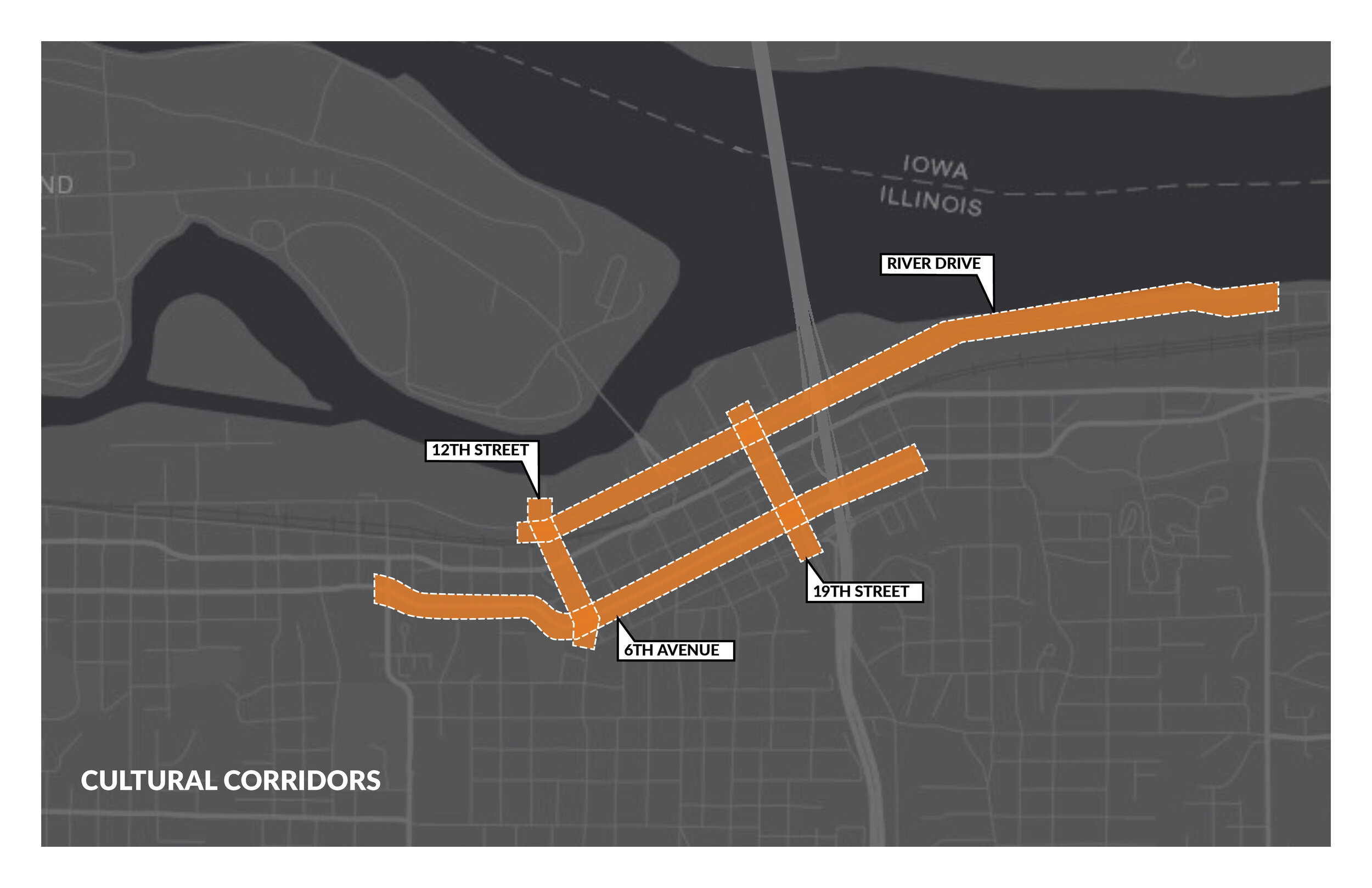Vacaville Arts & Culture Master Plan
Vacaville, California
WHY
The Vacaville Arts & Culture Master Plan was developed through a comprehensive and highly collaborative process led by Designing Local, structured around four key phases: Discovery, Community Engagement, Synthesis, and Plan creation.
HOW
The success of the plan was the extensive outreach that was completed, which actively involved residents, local creatives, and arts organizations from every corner of the city. A major component of this phase was the “Weaving Our Future” art project, featuring workshops held in each of Vacaville’s districts, where community members shared their aspirations for public art and cultural engagement through words, drawings, and shapes. This hands-on, community-driven approach was critical to building consensus and ensuring the final plan reflected the diverse voices and visions of Vacaville’s population.
WHAT
The final Plan provides a focused, five-year strategic roadmap for the City’s commitment to arts and culture, establishing foundational policies, a clear vision for cultural growth, and a streamlined approach to public art integration. Key tangible outcomes include the comprehensive Arts and Culture Master Plan document, accompanied by a Draft Public Art Program Policy and a Draft Arts Advisory Committee Policy. Together, these deliverables define the infrastructure for the City to enhance quality of life, strengthen local economic development, and cultivate a truly culturally rich and attractive community for both residents and visitors alike.
Downtown Ormond Beach Master Arts Plan
Ormond Beach, Florida
WHY
The Ormond Beach Downtown Master Arts Plan is a comprehensive plan that outlines strategies to integrate public art into key areas in its historic downtown, including parks, sidewalks, gateways, and the iconic Granada Bridge, enhancing the city's identity and elevating its appeal for residents and visitors alike. With input from community members, stakeholders, and experts, the plan emphasizes art that reflects Ormond Beach's coastal beauty, rich history, and small-town charm, while fostering inclusivity and accessibility for all.
HOW
Through detailed recommendations based on extensive community input, the plan introduces innovative public art typologies such as mosaics, sculptures, light installations, and environmental art, alongside functional art like artist-designed benches and planters. It also provides actionable steps for implementation, including funding strategies, artist selection processes, and maintenance guidelines to ensure the longevity of the projects. Special focus is given to the Granada Bridge, with proposals for transformative art installations that symbolize the city's character and connect its downtown and beachside districts. Designing Local collaborated closely with the Florida Department of Transportation to understand opportunities and key regulations surrounding public art implementation on the state-owned Granada Bridge.
WHAT
The Downtown Master Arts Plan is a call to action for Ormond Beach to embrace its cultural assets and create lasting experiences that inspire pride and spark conversation. By leveraging community input, strategic partnerships, and sustainable funding mechanisms, the plan positions Downtown Ormond Beach, a Community Redevelopment Area established in 1984, as a destination for art, culture, and innovation, ensuring its legacy as a vibrant and welcoming city for generations to come.
Milpitas Public Art Plan
Milpitas, California
WHY
The Milpitas Public Art Master Plan outlines a 10 year vision for public art as a dynamic and inclusive force that fosters belonging, reflects the city’s diversity, and enhances residents’ quality of life. Strategic recommendations emphasize community-centric, accessible art that resonates with Milpitas’ diverse population, including bilingual signage, and a Public Art Field Guide. As Milpitas looks to the future, Milpitas is also in a distinct moment in its history. The City’s population has become increasingly diverse with each generation, and will continue to embrace neighbors from around the world. Public art is not only a powerful mechanism for bridging the past and the future, but also it is an essential part of connecting residents with each other across language or cultural divides. Through its beloved parks, civic amenities, and other public spaces, Milpitas’ public art will convey that all are welcome—and belong.
HOW
In addition to Designing Local’s community-oriented approach to gathering public input for the plan, Designing Local hosted two artist-led engagement events. Edi Hsu and Saranya Chandrasekaran each lead community art making projects that yielded productive conversation with the community during the City’s Lantern Festival in September 2024 and the Holi Festival in March 2025. Additionally, Designing Local worked with ACT Art Conservation to develop a collection assessment report on the overall condition of objects in Milpitas’ public art collection. An updated appraisal report, created by Roth Art Group, was included in the scope as well.
WHAT
The plan advocates balancing tradition and innovation to engage a STEM-focused community while maintaining relevance. Sustainable funding mechanisms are recommended, including increasing the developer fee from 0.5% to 1.5% or higher, alongside clear policies for collection care and maintenance. Additionally, the plan encourages community art-making projects, partnerships with public and private entities, and enhanced accessibility through consistent signage and online resources. Public art was strategically recommended to be placed in high-traffic and gathering areas to maximize impact, with collaboration between city departments, developers, artists, and cultural organizations to expand reach. The Plan also included a collection assessment report, which was the City’s first ever comprehensive condition report for objects in its collection, and an appraisal report.
Brunswick Parks & Recreation Master Plan
Brunswick, Ohio
WHY
When the City of Brunswick, Ohio emerged from a period of financial hardship to resume investing in community amenities, fiscally conservative city leaders wanted to ensure these investments would target their constituents' highest priorities. Their goal with the city's first-ever Parks & Recreation Master Plan was to understand what community members wanted from their parks system and develop a responsible, measured approach to delivering it.
HOW
To ascertain Brunswick residents' parks-related needs and preferences, Designing Local conducted 17 stakeholder interviews, held 2 open house events, and offered an online survey to which almost 1,400 responded. Zec Eight Insights was enlisted in the planning process to conduct a benchmarking analysis that compared Brunswick's parks system with others of a similar size nationwide; Envision Group prepared a fiscal analysis and implementation plan to facilitate each recommendation.
WHAT
Brunswick's City Council discussed the plan in early 2025; at the same meeting, they recommended dedicating $1.2 million from the city budget to implement its recommendations.
Acworth Public Art Master Plan
Acworth, Georgia
WHY
Acworth is a unique destination for work, play, and everything in between. With just over 22,000 residents and its proximity to metropolitan Atlanta, it is poised for continued growth in the next decade. As Acworth looks toward its future, the City believes in public art's ability to tell the story of Acworth, enliven public spaces, and reveal what makes this City special.
HOW
From large-scale, multi-year projects that define Acworth's gateways, to temporary, yet meaningful mural opportunities in Acworth's beloved greenspaces, this plan outlines a range of strategies for high-impact public art projects in Acworth.
WHAT
In addition to strategy recommendations, this plan provides guidelines for establishing the public art program in Acworth, administrative next steps and best practices, and strategies for effectively and efficiently implementing public art projects in Acworth.
Marsh Park Master Plan
Fairfield, Ohio
WHY
Fairfield, Ohio first leased a portion of the Martin Marietta/Dravo Quarry for the Thomas O. Marsh Park property in 1978; since then, the park has grown to be 146 acres, including a 60-acre lake. Marsh Park serves as a crucial recreational area for the community, offering both passive natural elements and outdoor activities. In 2016, the City completed its first Master Plan for the site, which laid the foundation for future development and improvements. Fairfield’s City Council has continued to prioritize Marsh Park as a significant asset for the city, highlighting the property’s intrinsic value, natural beauty, and potential for development.
HOW
Designing Local offered planning solutions and visualizations, grounded in community feedback and technical analysis, that cast a compelling vision for what this park could become — a regional trail hub with expanded uses and access for both community members and trail travelers.
WHAT
In early 2025, Designing Local finalized an updated Marsh Park Master Plan that will further enhance the park’s natural environment, promote connections between the park and its users, foster community through events and programming, and provide access to amenities that encourage recreation.
Frankfort Special Capital Zoning District Design Guidelines
Frankfort, Kentucky
WHY
The Special Capital District is one of the three City of Frankfort historic districts, mostly focused on residential properties. The District exists to help preserve historic buildings in the neighborhood to ensure that the history of Frankfort lives on well into the future. Establishing Downtown Historic District Design Guidelines will encourage the renovation, rehabilitation and preservation of older neighborhoods in Frankfort that have special or unique features or important associations with the City’s historical development.
HOW
The team evaluated the existing historic buildings in the district and examined the needs and desires of residents and property owners through engagement sessions and public design workshops. Topics addressed included the renovation of historic properties, including construction materials, as well as the design of newly constructed buildings.
WHAT
The new design guidelines for the Special Capital District create cohesive guidelines with the other two historic districts in Frankfort and solidify continued preservation and investment in the community’s historic resources.
Sandusky Preservation Design Guidelines
Sandusky, Ohio
WHY
The City of Sandusky is experiencing a boom in downtown redevelopment, especially with updates to historic buildings. Preserving the historic structures, while allowing them to take on new life, will provide direction for historic preservation in Sandusky which is an economic catalyst for the community and enhances its identity.
HOW
The project team facilitated one-on-one discussions with various community stakeholders including historic preservation enthusiasts; building owners, architects and residents who had been through the design review process; city staff, members of Landmarks Commission and related commissions, and leadership. These conversations formed the basis of the project team’s understanding of the status of the existing guidelines as well as general preservation and development issues throughout Sandusky.
WHAT
The Design Guidelines includes a substantial revision to the format and organization of the 2007 guidelines document. This includes diagrammatic graphics, a visual history of the City, and a reorganization of various items.
Corning Public Art Strategy
Corning, New York
WHY
The City of Corning in the beautiful hills of Southern New York is one of the world’s leading innovators in materials science with a renowned arts scene. Developing a long-range public art strategy will help the community to cultivate and expand public art to enhance and propel the City of Corning as a city of and for the arts. The new Public Art Strategy plan in Corning will offer continued economic growth by establishing public art that is welcoming for all, culturally rich, tells the story of the City’s history, and can be practically applied and implemented over the next five years.
HOW
A highly collaborative public process was at the heart of the Corning Public Art Strategy. In order to ensure that the strategy was built upon a solid foundation of community support the planning team engaged with community members and key stakeholders through a variety of mediums. What emerged was a vision for how public art can enhance and reflect the character of Corning. From the structure of the program to the funding and implementation, project partnerships and community consensus was key to make sure the public art strategy would be successful creating vitality and interest in public spaces.
WHAT
The Public Art Strategy is currently in the final stages of production and will be ready to implement in early 2024. The plan takes into account a broader vision for Corning, that takes advantages of opportunities for linkages to the larger region and establish social, environmental, and financial sustainable policies and best practices. With a history of strong Public-Private partnerships and as an incubator for arts and sciences, the Public Art Strategy builds on past successes and creates new opportunities for art and science to intersect in engaging public space and public life in Corning.
Fort Wayne 5-Year Parks & Recreation Master Plan
Fort Wayne, Indiana
WHY
The Indiana Department of Natural Resources (IDNR) requires park departments to produce a master plan every five years in order to be eligible for various grants and other funding resources. IDNR requires numerous elements to be a part of an approved report. This includes natural and landscape features, historical and cultural elements, social and economic factors, a supply analysis, ADA accessibility, public participation, and a needs analysis.
HOW
Designing Local and its partner Zec Eight Insights developed a master plan for Fort Wayne along with project partners New Haven-Adams Twp Parks & Recreation and Allen County Parks. The scope for all three projects includes stakeholder and public engagement, an overall park system assessment, and an inventory of each park. The final plan document for each park district is a cohesive document which communicates the current park system, the IDNR-required content, and the strategic implementation of the capital improvements over the next five years.
WHAT
Stakeholder meetings and a public open house were conducted throughout the Fall of 2022. A draft of the plan was submitted to IDNR in January 2023 with and the final plan was completed in May 2023.
Anaheim Public Art Plan
Anaheim, California
WHY
The Anaheim Public Art Master Plan takes an overarching look at Anaheim’s legacy of public art while setting a vision for the future and defining how public art will shape Anaheim for years to come. The framework of this plan is a strategy for the establishment and operationalization of a formal Public Art Program that proposes ways to ensure public art in Anaheim is transformational, unifying, and is representative of the spirit of Anaheim.
HOW
The Public Art Plan outlines the vision, goals, and core values of the City’s Public Art Program. The Plan also provides essential administrative guidelines for determining how public art is identified, preserved, selected, and placed. Public Art adds enormous value to the cultural, aesthetic, and economic vitality of a community. Despite the COVID-19 pandemic, this plan is a result of extensive public engagement. The consultant team, along with City leadership and staff, worked diligently to engage the public throughout an 18-month process (August 2020-December 2021) and provided ample opportunity for a broad cross-section of the community to participate in shaping the vision for public art in Anaheim. The team held over 40 virtual stakeholder engagement opportunities, including 18 individual interviews, 25 focus groups, and six identical community meetings in each of Anaheim’s 6 Council Districts to listen and learn about the community’s vision for public art. Participants included business owners, arts organizations, art educators, realtors, private developers, community groups, and engaged residents. Translation services were available on an as-needed basis. 2,149 people participated in a survey. In all, over 3,000 people were engaged.
WHAT
Throughout the stakeholder meetings, individual and group interviews, and survey comments, several recurring themes emerged. The people of Anaheim want to be known for their creativity. They want public art to become synonymous with their identity, elevating their reputation in southern California, stacking upon the experience of a tourist destination. They want public art to celebrate and showcase the many cultures in Anaheim, and they want to see public art reflecting their values in their local neighborhoods. They want art to be a part of their public spaces, making them more exciting and desirable. They want to share their histories and the history of Anaheim with each other and, ultimately, the world.
Canton Public Art Master Plan
Canton, Georgia
WHY
Canton is a place of vision offering endless opportunities for all. A city located truly where the metro meets the mountains, the community offers scenic views of the Blue Ridge Mountain foothills and the Etowah River, unique shopping, and unmatched dining experiences. With something for everyone, Canton is known for its family-friendly, small town vibrancy in the Northwest Georgia region. The Public Art Master Plan lays the foundation for the future of public art in Canton and prepares the City to begin injecting artwork into all facets of the community.
HOW
The Designing Local team engaged in many hours of conversation with stakeholders and members of the public. The team worked diligently to engage a variety of community members from November 2022 until May 2023 that provided insight into the community’s desire for public art. The Public Art Master Plan was developed to be a resource to communicate how much Canton cares about creativity, while providing solutions to create unique experiences for residents, further cementing their connection to the place they love most.
WHAT
The Public Art Master Plan represents a culmination of community desires and defined direction for the City of Canton in core values, 5 objectives and 16 strategies. When implemented over the next decade, the objectives will spur additional investment throughout the City and will provide Canton a roadmap to achieve its goals of becoming a destination known for its arts, culture, historic downtown, and outdoor recreation.
Buckeye Hills Regional Council Downtown Workshops
Buckeye Hills Region, Ohio
WHY
Following on the announcement of a historic $500 million investment in Appalachian Ohio by Governor DeWine's administration, Buckeye Hills Regional Council partnered with Designing Local to host a series of eight workshops aimed at helping communities reimagine their downtowns.
Buckeye Hills Regional Council and Designing Local are excited to help communities translate their vision into a unique, interesting, and powerful built environment through these workshop sessions.
HOW
The series was free and open to all Southeast Ohio community leaders, elected officials, nonprofits, and anyone working to make their community a better place to live, work and play. Each workshop covered the topics of Outdoor Recreation, Historic Preservation, Public Art, Streetscapes, Pedestrian Infrastructure, and more. Designing Local helped guide communities through the best practices of developing both small- and large-scale revitalization projects.
WHAT
Following the completion of the workshops Designing Local created a workbook intended to assist folks within the Buckeye Hills region to develop projects.
Mount Dora Public Art Plan
Mount Dora, Florida
WHY
Mount Dora stands on its own as a unique historic and arts focused community in Central Florida. The City of Mount Dora has an interesting legacy and connection with Scottish culture. Tree-lined streets and quaint historic buildings conceal a deep love for the arts in the community that bursts into display during the special events that take place in the community, many of which are art focused. In Mount Dora public art will help the physical environment come alive with the spirit of the community.
HOW
Discussions between the project team and community stakeholders formed the basis of the project team’s understanding of the City and of efforts to revitalize Mount Dora. The project team conducted a tour of the community as well as follow up visits to collect information and ideas. We found that community members love the unique small town historic charm of Mount Dora and revealed a desire to continue to enhance performing arts. There are also fantastic opportunities to connect performing and public art. One recommendation was the creation of a public art trail that would connect many of these sites, some of which already feature public art.
WHAT
The Mount Dora Public Art Plan lays the foundation for the future of public art in the City and prepares for expansion of the existing public art efforts to help ensure that the physical environment reflects the art focused culture of its residents and visitors. The Public Art Plan includes five unique design inspiration sections that can be used by artists to gain insight when creating pieces for Mount Dora. By strengthening the public art program, Mount Dora is one step closer to delivering on the vision of the community to see a wide variety of high quality public art from artists with various backgrounds.
Sullivant Bright Public Art & Parklet Project
Columbus, Ohio
WHY
Sullivant Avenue is a place of authentic creativity, featuring a prominent mural and numerous custom signs. The Sullivant Bright Public Art Project is part of a larger $10 million rehabilitation project (2% of which is devoted to public art) that began in May 2020. It used public art to elevate the corridor and creatively showcase where future infrastructure improvements would be installed.
HOW
As project engineers evaluated a 1.9-mile corridor along Sullivant Avenue for necessary pedestrian upgrades, Designing Local considered public art and placemaking opportunities along the corridor, particularly where public art or a placemaking intervention could support a safer pedestrian environment. Twenty-one artists were tapped to create temporary public art installations that wowed the neighborhood with their bold, colorful designs.
WHAT
This project demonstrates the firm’s abilities to provide strategic direction for placemaking and land use issues as well as the firm’s capabilities to both develop and communicate creative concepts which contribute to community safety and sense of place.
Sidewalk bump-outs and pedestrian refuge islands were constructed to shorten the distance to cross the street, make pedestrians more visible, and help to slow driver speeds. Data collected after implementation shows that crashes decreased by approximately 50%, and extreme speeding (50+ mph) was reduced by as much as 92%.
SULLIVANT BRIGHT ARTISTS
April Sunami, Bryant Anthony, Dillon Beck, Francesca Miller, Grace Grudowski, Jen Wrubles, Jeremy Hollan with CRIS artists, Katie Golonka, Mark Barkzak, Nick Stull, Liz Morrison, Robert Williams, Stephanie Rond, Amy Haggard, Sarah Hout, Barbara Fant, Nancy Kangas, Amy Turn Sharp, Geoff Anderson, Tripp Fontane, Lisa Mclymont. Photography by Abby Kamagate. Video Production by Aaron Blevins.
Conway Public Art Master Plan
Conway, Arkansas
WHY
Conway is a city in Central Arkansas known for its family-friendly vibe, youthful outlook, and vibrancy. The so-called ‘City of Colleges’ has crafted its own unique identity with beautiful college campuses, peaceful nature trails, access to gorgeous lakes, an impressive river, and plenty of restaurants and cool local spots. But Conway’s passionate community members sought to further improve their quality of life by defining the role of public art in their city. They asked, “How can we grow our identity as a city known for supporting creativity? How can we invest now so that we are known as a hub for the arts in the future?” These questions led to the creation of their first Public Art Plan.
HOW
Significant community engagement helped define who Conway is and wants to be known as throughout Central Arkansas and the state. Strategy was a major focus of planning, as a high degree of impact was desired from the start of the new public art program.
WHAT
Conway’s Public Art Plan lays the foundation for the future of public art in Conway and prepares the city to begin injecting artwork into all facets of its community.
Arts Launch Henderson
Henderson, Nevada
WHY
Henderson is a city with a longstanding upward trajectory and now is a unique moment to continue that forward movement with a large-scale focus on arts and culture. Over the previous decades the City of Henderson along with its partners have undertaken numerous arts and culture efforts. This plan builds off these previous informal efforts and seeks to formalize an arts and culture program in order to take the city to the next level of success in the arts.
HOW
The plan provides a blueprint by which Henderson can stake its claim as the foremost community for arts and culture in Southern Nevada. We begin by establishing a vision for arts and culture in Henderson and detailing the projects, programs, facilities, and partnerships that can be capitalized upon to advance strategic objectives. We then go in depth into the details of how to operationalize and fund ambitious new initiatives through a formal Arts & Culture Henderson program — as well as how this program would function. Finally, we dream big to explore potential projects that could launch Henderson with a detailed action plan.
WHAT
In addition to public engagement this plan is built upon intention. From the beginning the planning team and city staff determined that this plan should not only be visionary but should also be highly actionable. The plan would also need to be highly policy driven and one of the first outcomes of the planning process was the development of the Henderson Public Art Policy. The plan is also built upon the city’s other planning efforts. Throughout the document you will see efforts derived from the Strategic Plan, the Parks and Recreation Master Plan and other planning efforts the city has undertaken.
Peoria Arts & Culture Plan
Peoria, Arizona
WHY
Peoria is a well-established but fast growing city West Valley of the Phoenix Metro Region. The city has long focused on providing public art and cultural amenities for its residents and has had many successes since the adoption of the an Arts Master Plan in 2009. With most of the goals from the 2009 plan achieved and new leadership in place there was key opportunity to re-evaluate the program and determine next steps.
WHAT
The Peoria Arts & Culture Plan focuses on six key priorities that are bolstered by strategies and big ideas connected to the priorities to support transformational change. Extensive research and mapping supported the needs residents expressed in surveys and interviews: access to arts and culture needed increase to areas where it is not easily accessible.
Safe Routes to School Placemaking Project
Columbus, Ohio
WHY
Columbus Public Health received a grant to develop placemaking concepts using public art around two elementary schools on Columbus’ West Side — Avondale Elementary and Eakin Elementary. The placemaking and public art concepts encouraged students to walk and bike safely to school along the designated safe routes established by Columbus Public Health.
HOW
Designing Local worked with artist Amy Haggard, the Artmobile, and Columbus Public Health to plan interventions along the route at the highest-traveled points around each school.
WHAT
Amy Haggard developed fun, engaging, and educational concepts for the interventions around both elementary schools. Students were given coloring sheets and stickers to celebrate the project.
Moline Public Art & Placemaking Plan
Moline, Illinois
WHY
The City of Moline, Illinois is a Quad City bordered by the Mississippi River. As the gateway to the East, the city understands the value of first impressions, which is why it set out to develop its first-ever Public Art Master Plan. The plan focused on downtown Moline and supported numerous other planning initiatives advancing redevelopment of the city center.
HOW
Designing Local hosted a robust public engagement program despite the global pandemic. A series of stakeholder meetings and focus groups were held with various organizations and community leaders. Students from Augustana College and Black Hawk College participated in virtual public events called ‘Walkabout Talkabout Public Art’, during which they were asked to consider seven different types of sites and how public art could impact them.
WHAT
The Moline Public Art Master Plan was adopted in 2021 and continues to influence public art policy and programs in the city.
